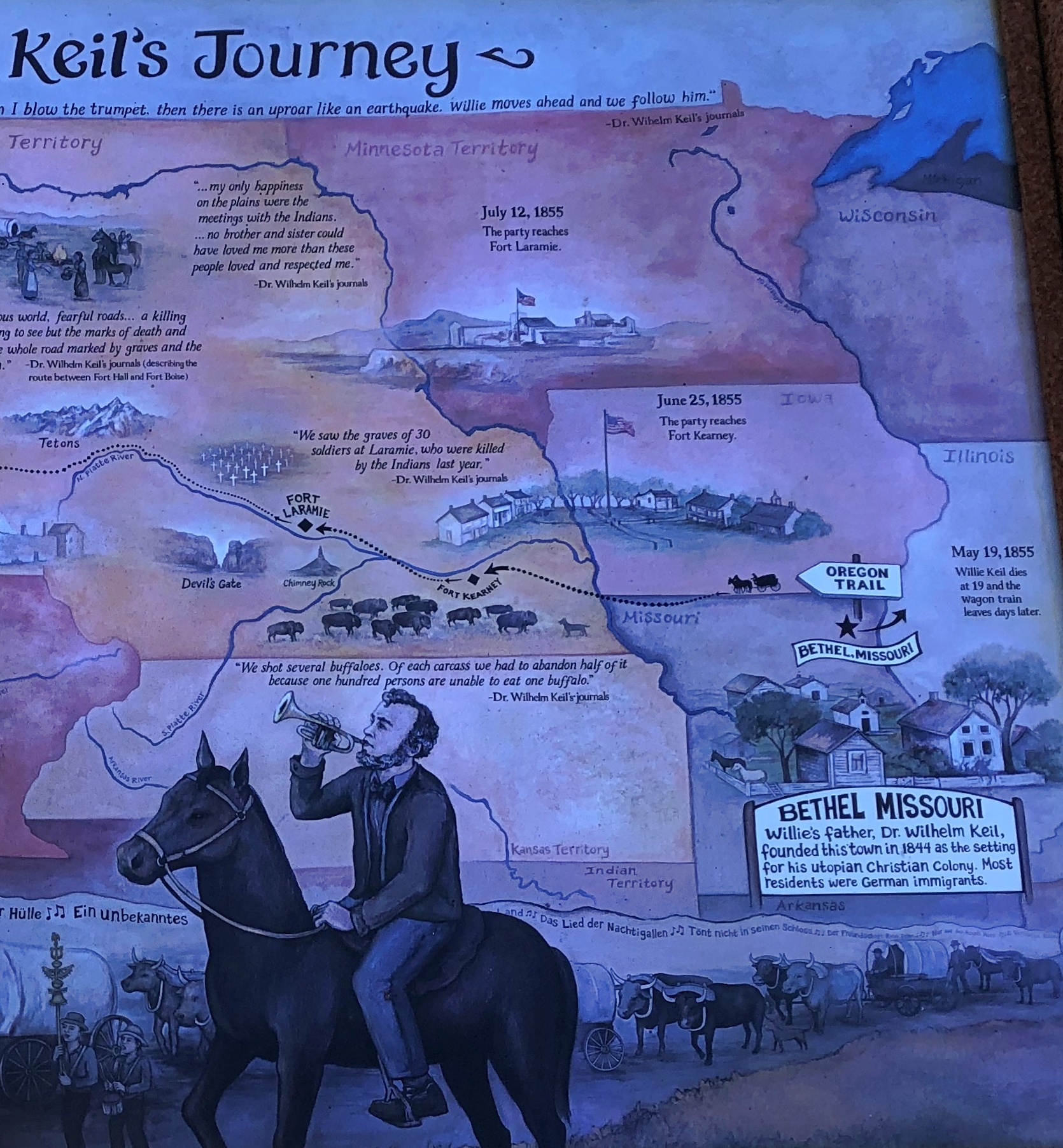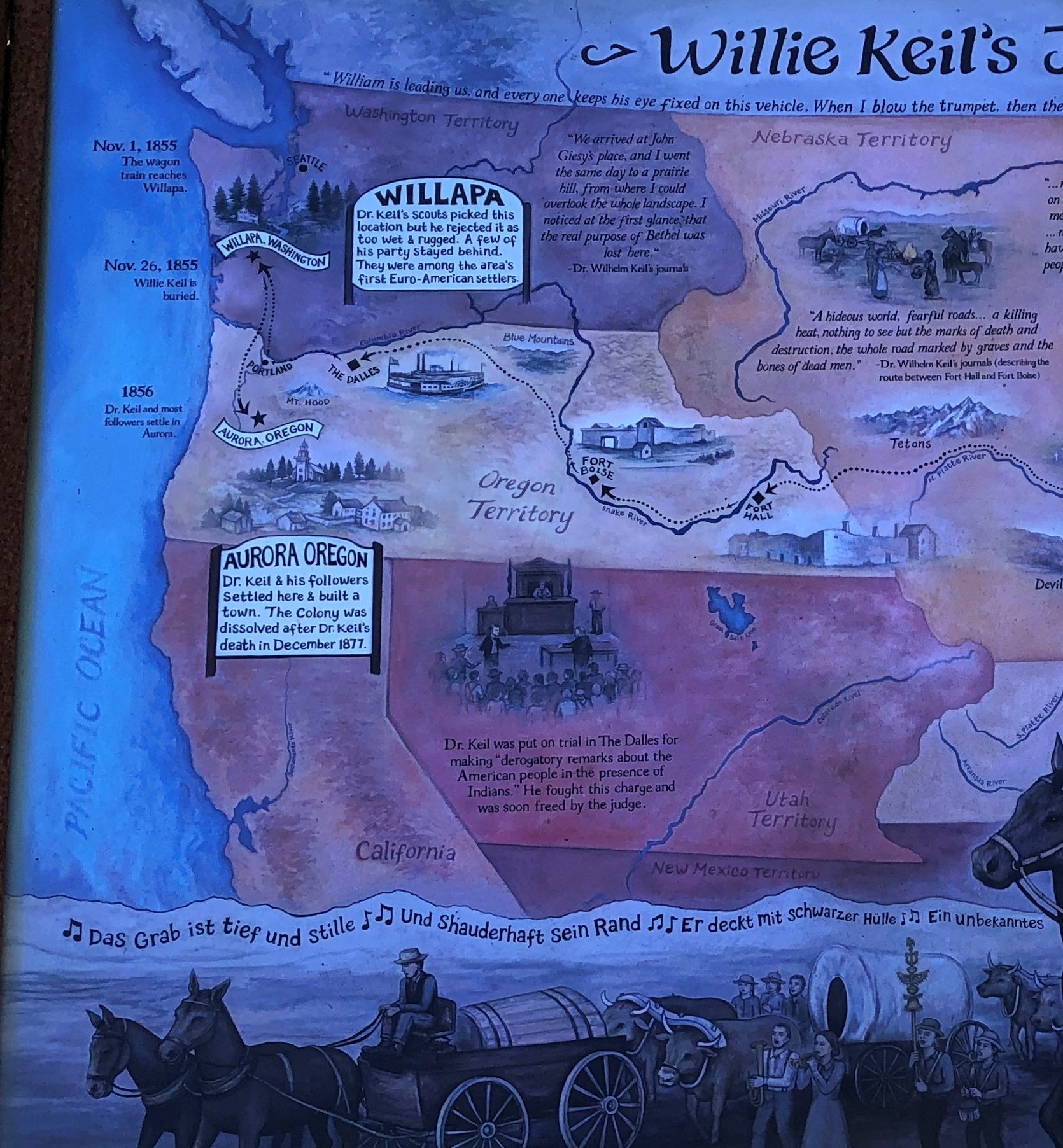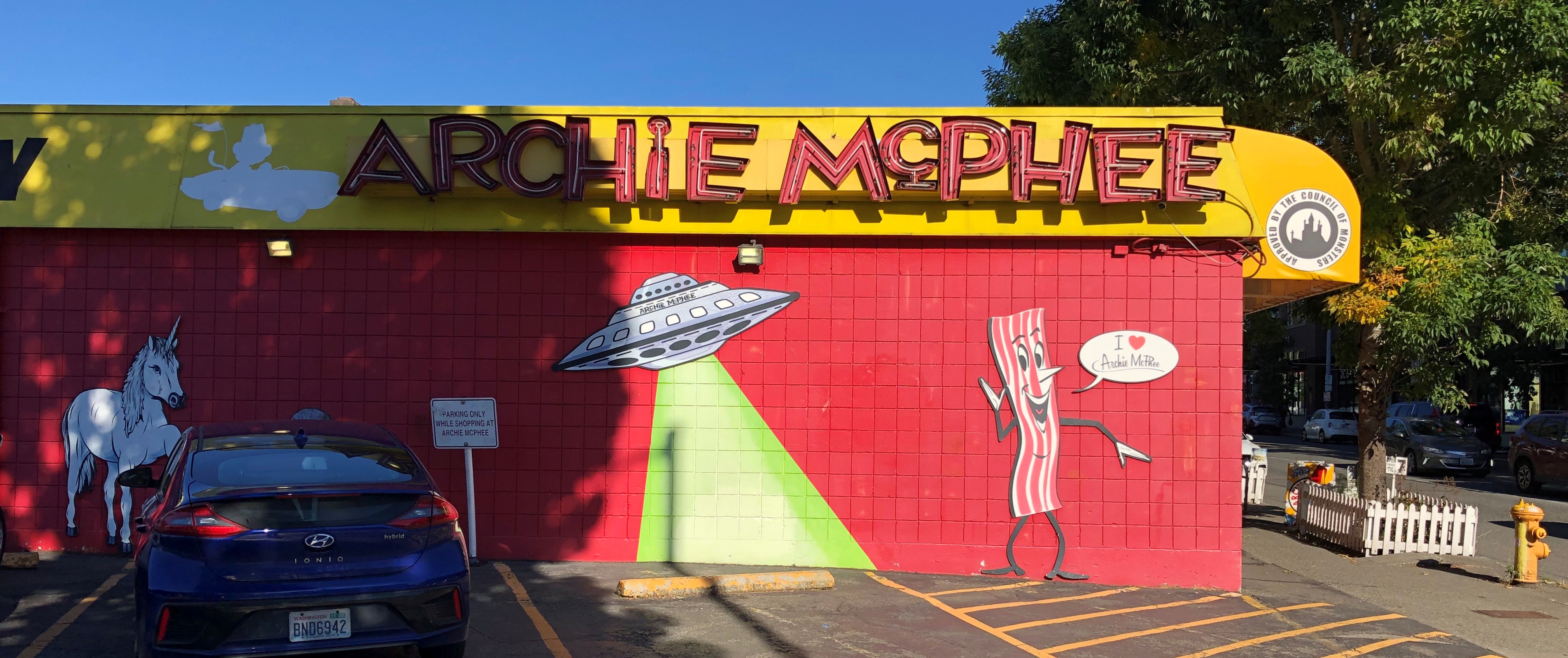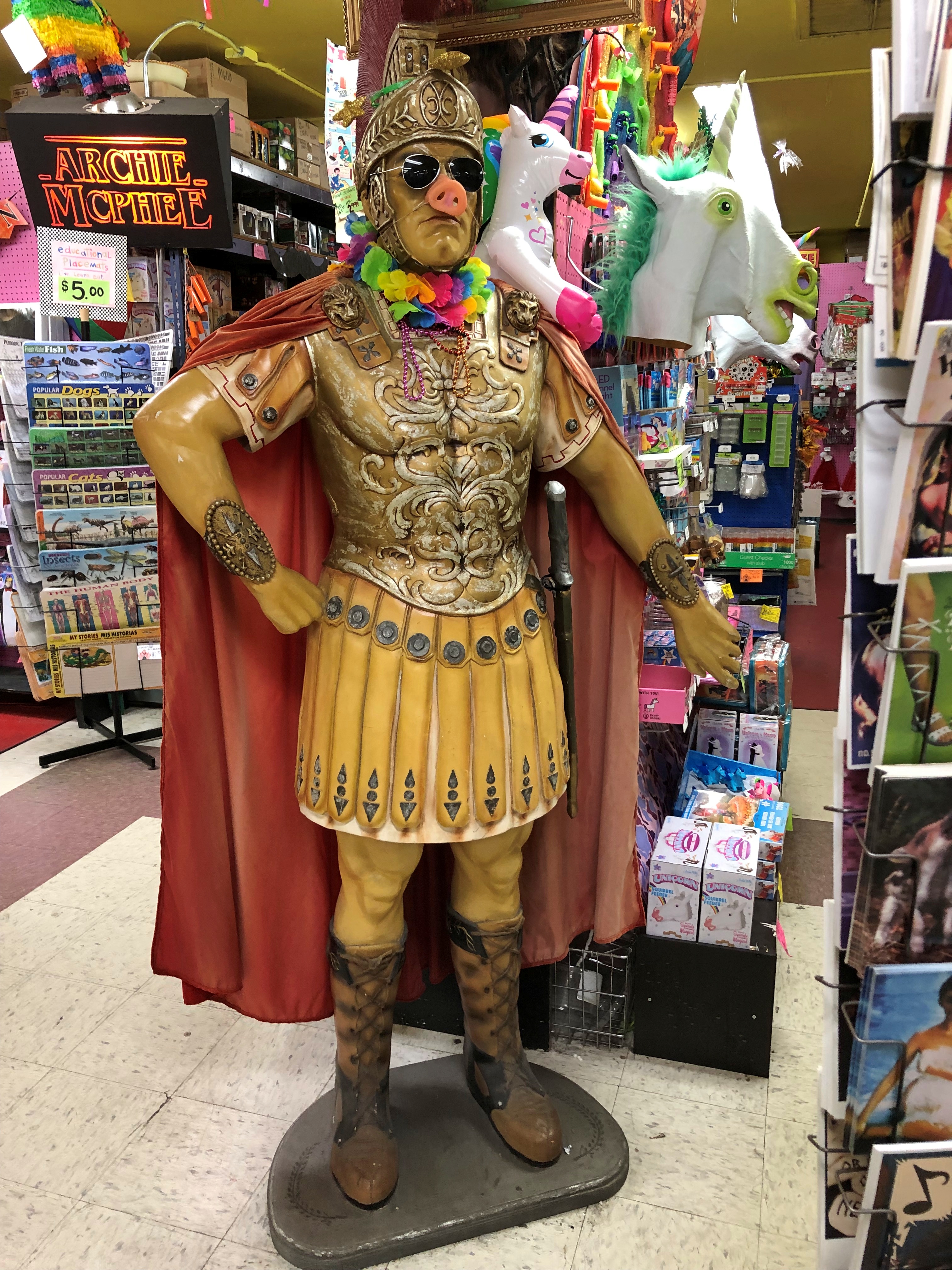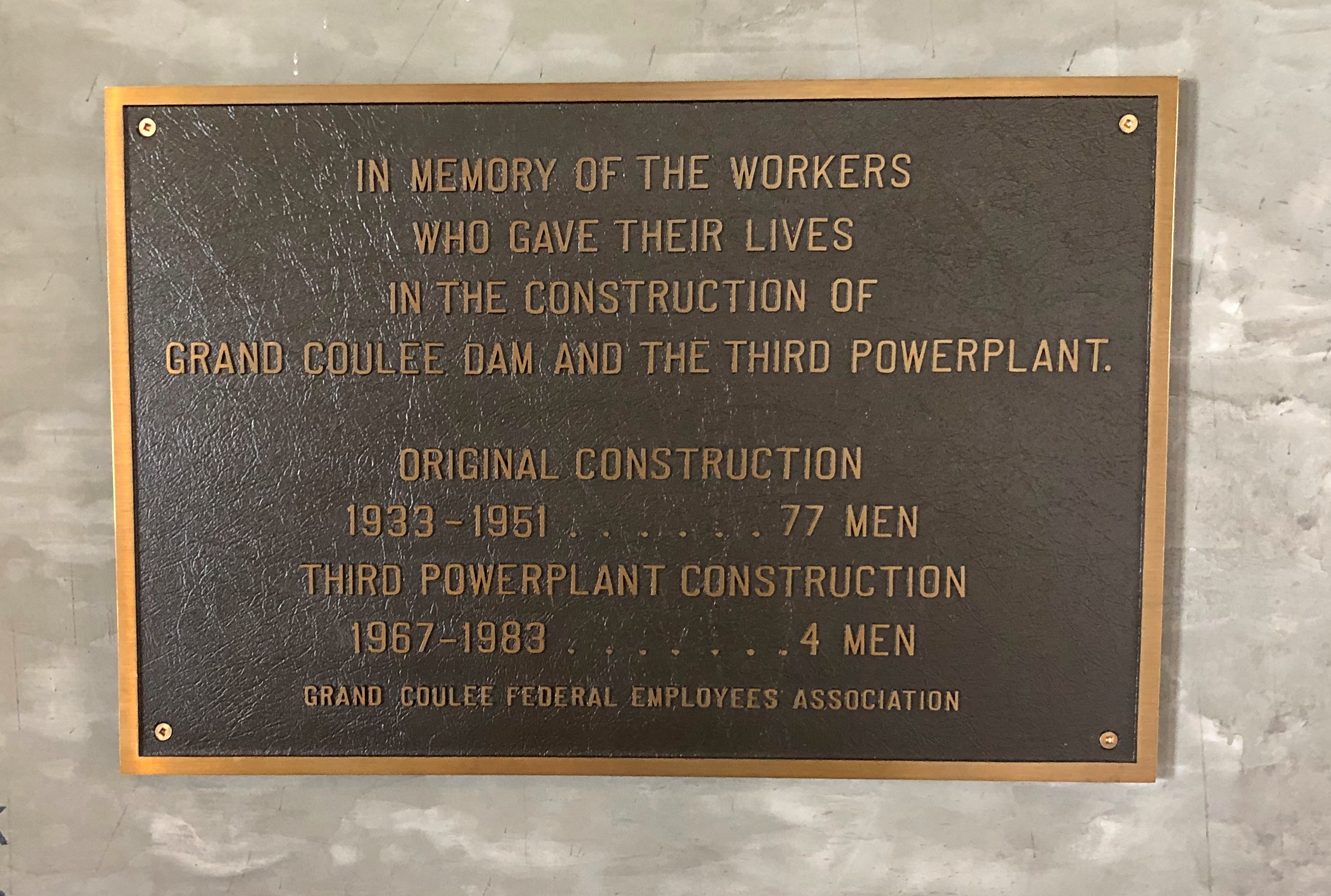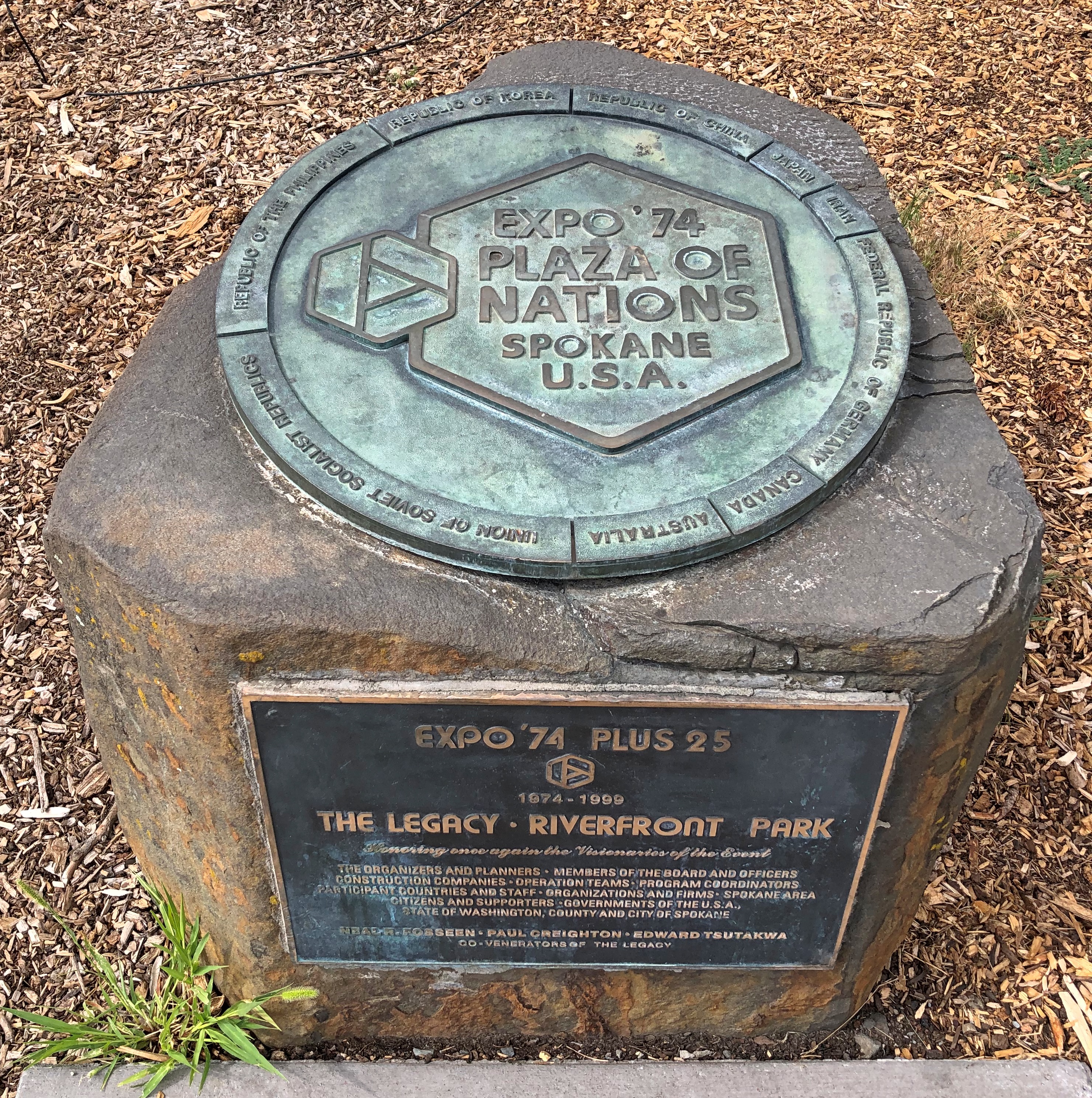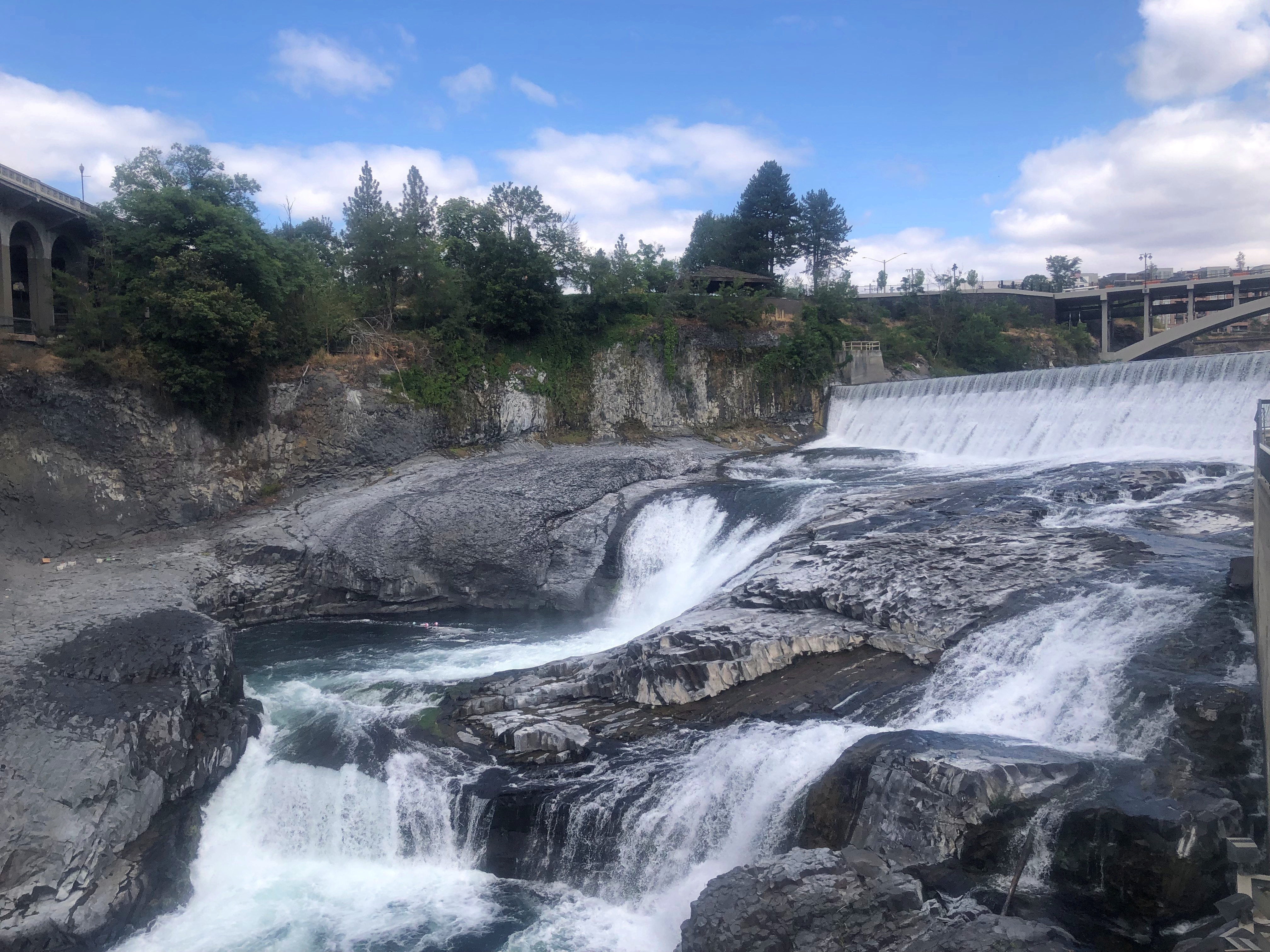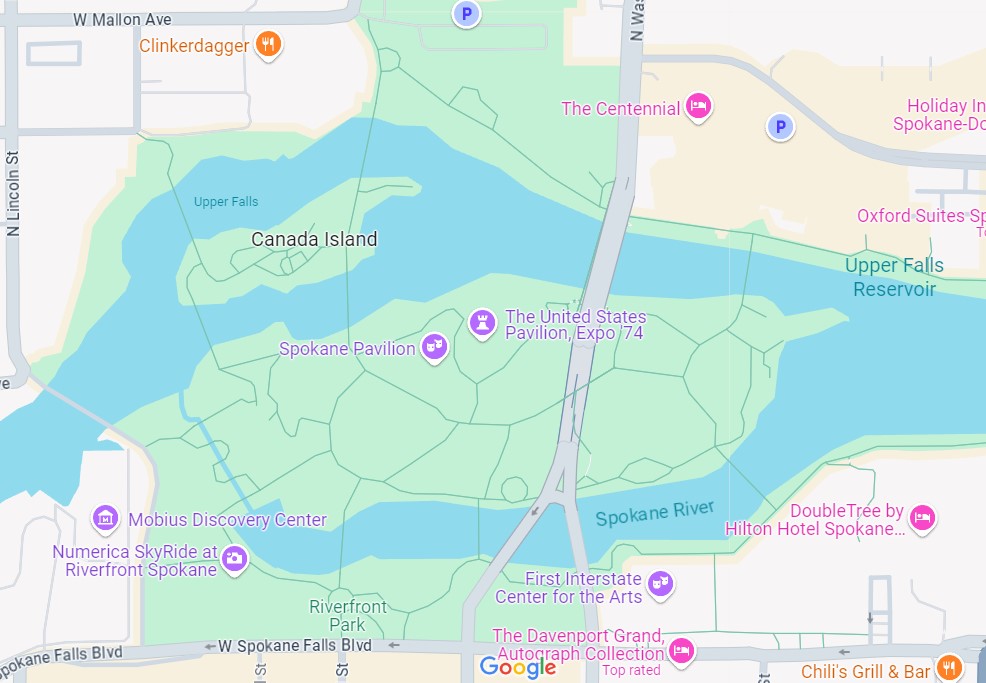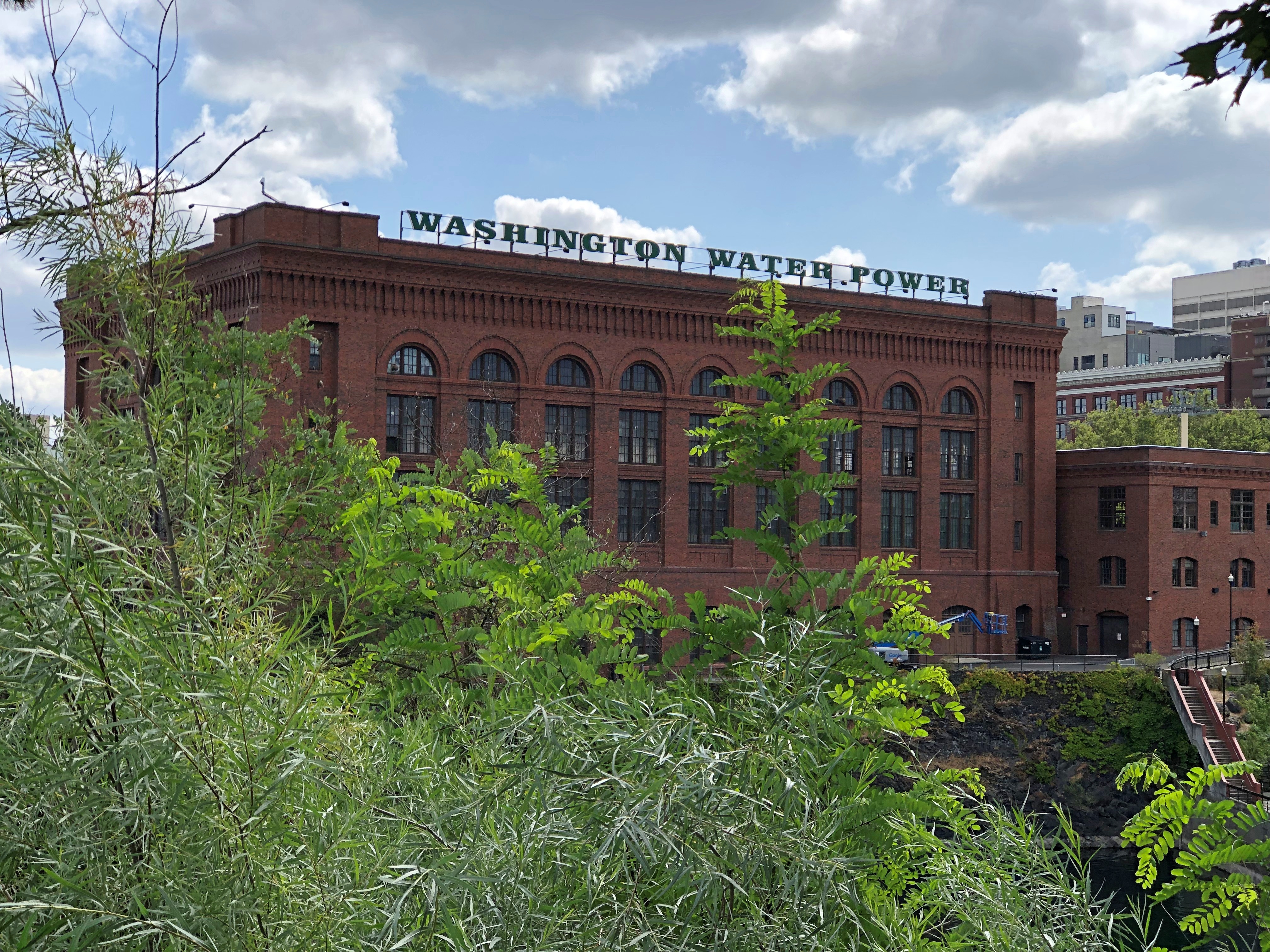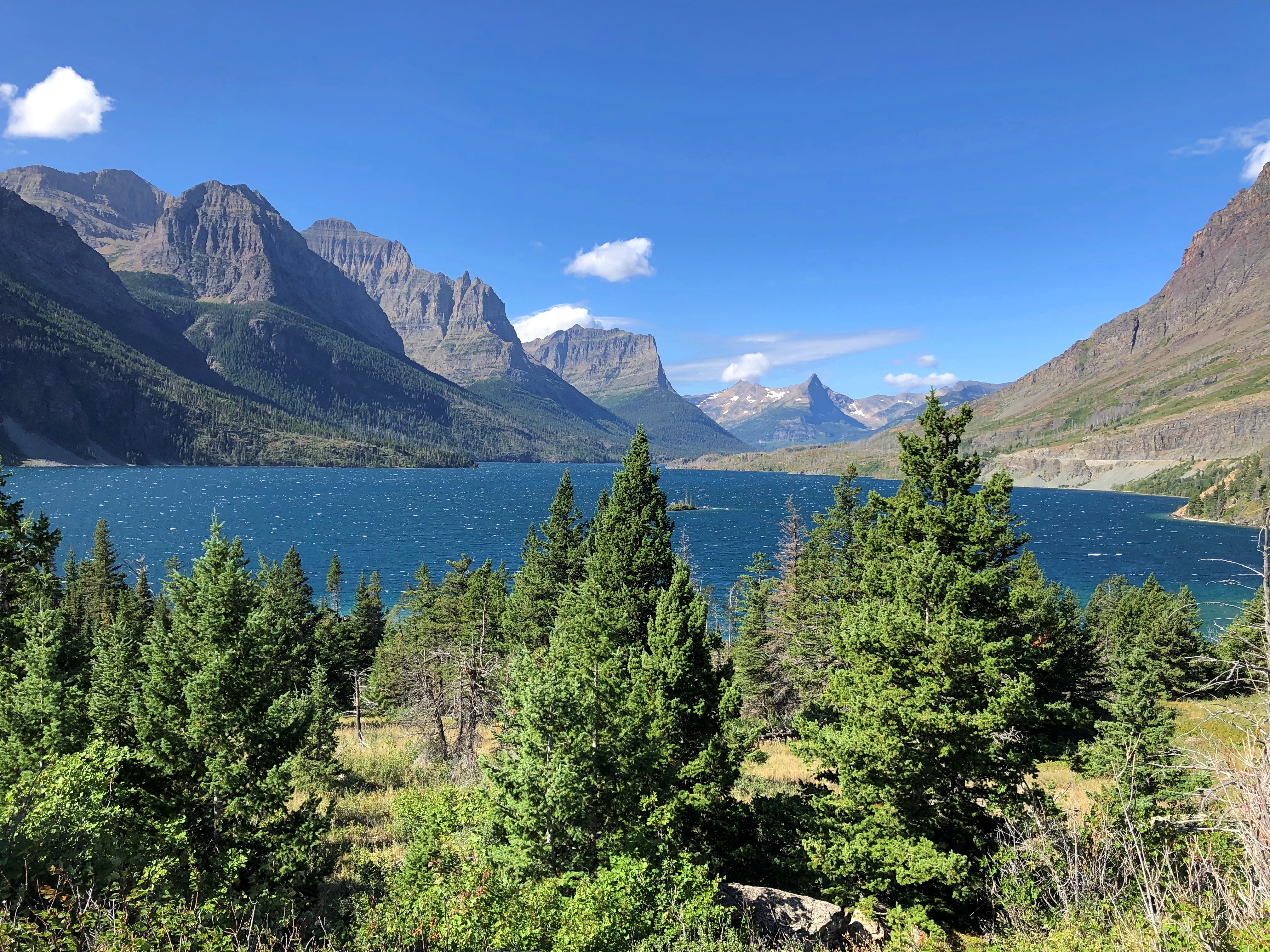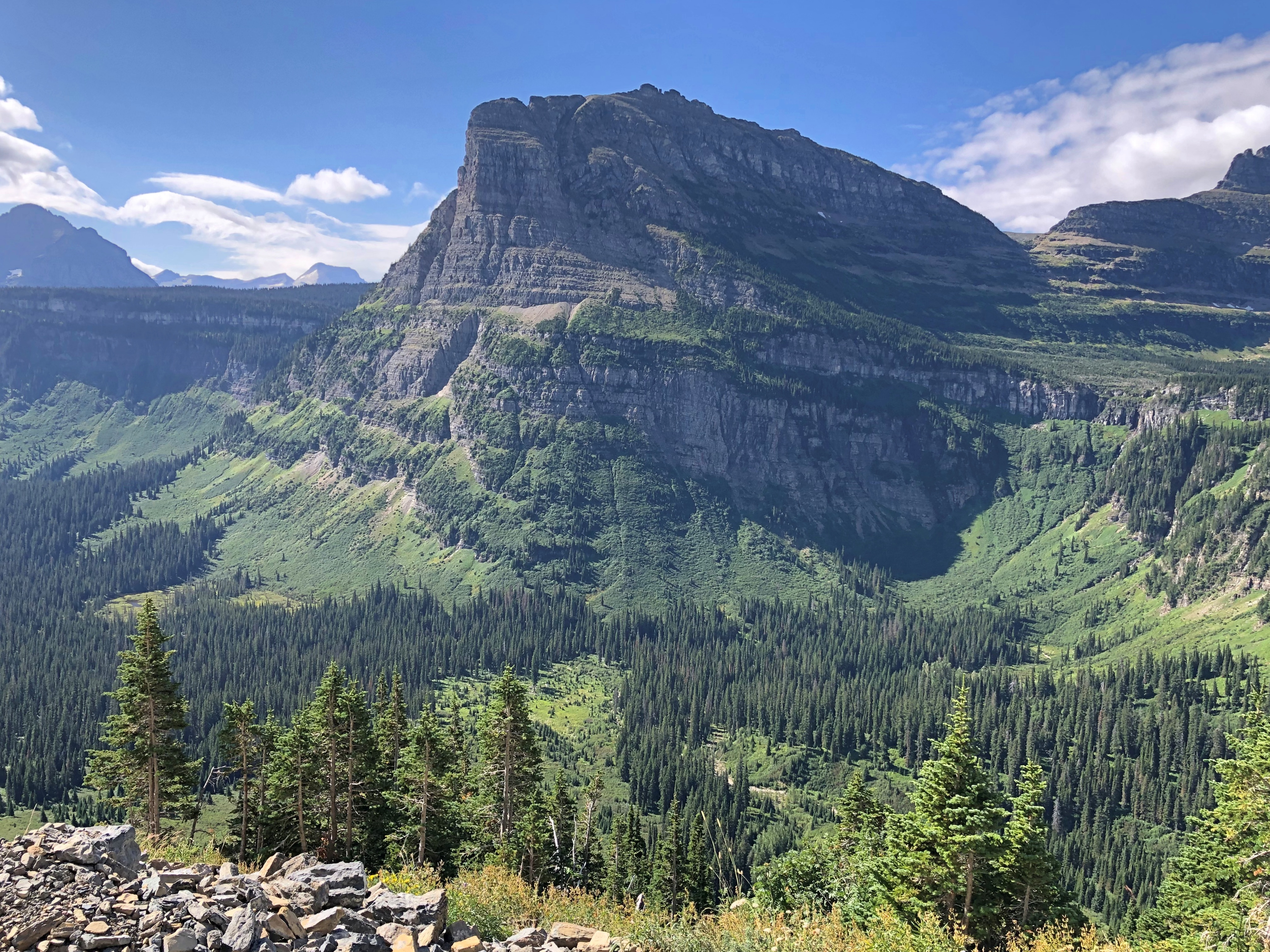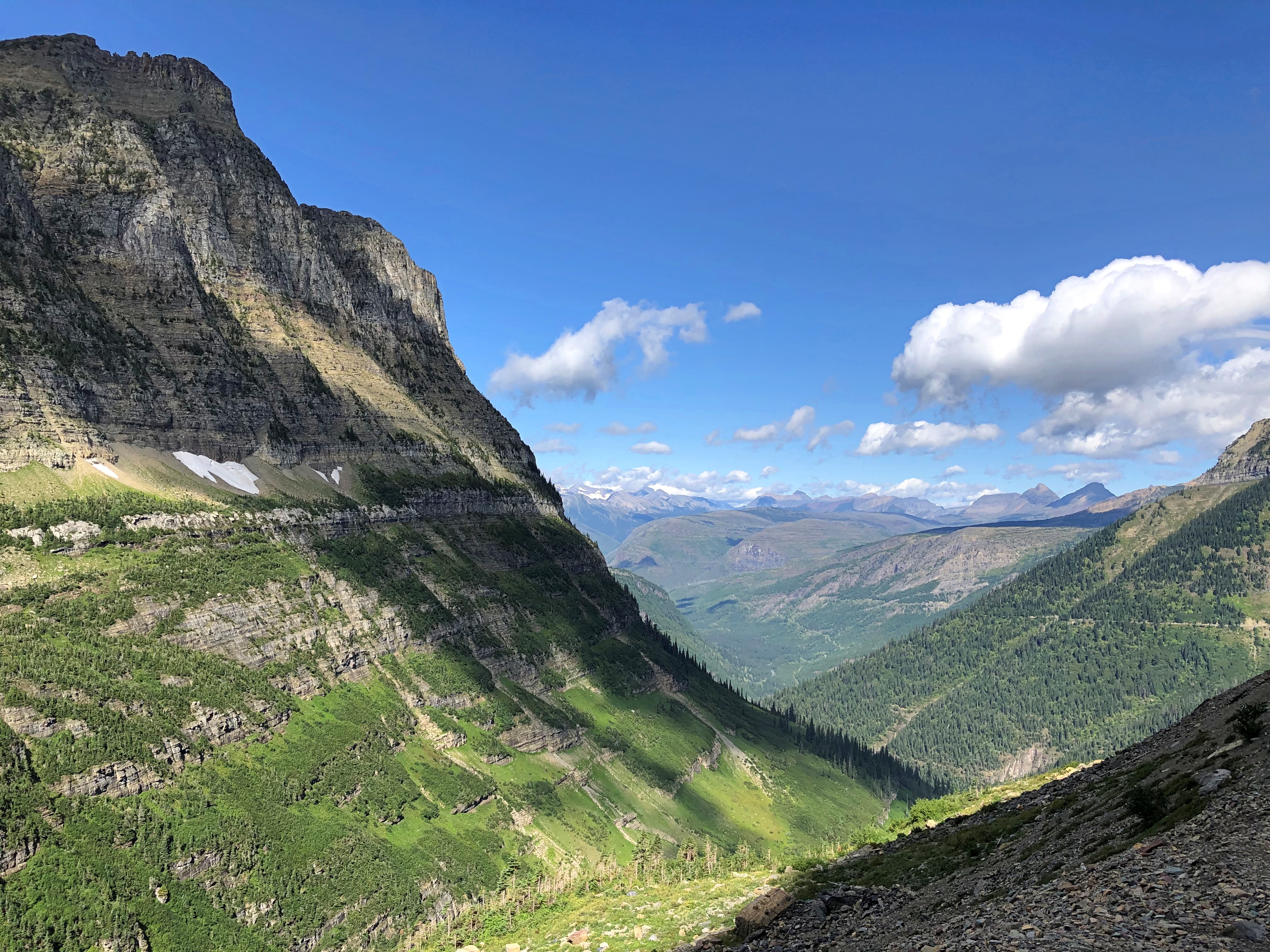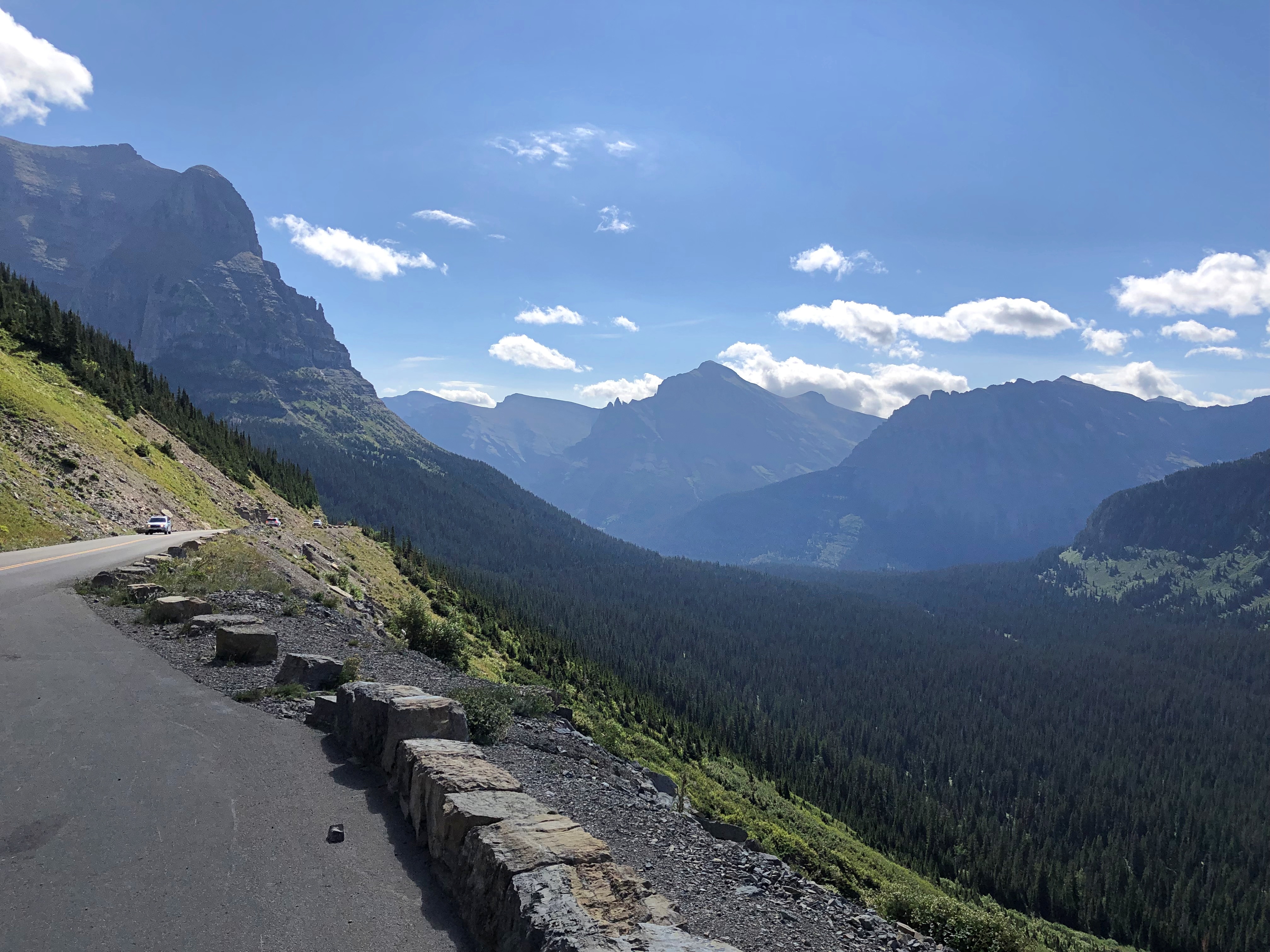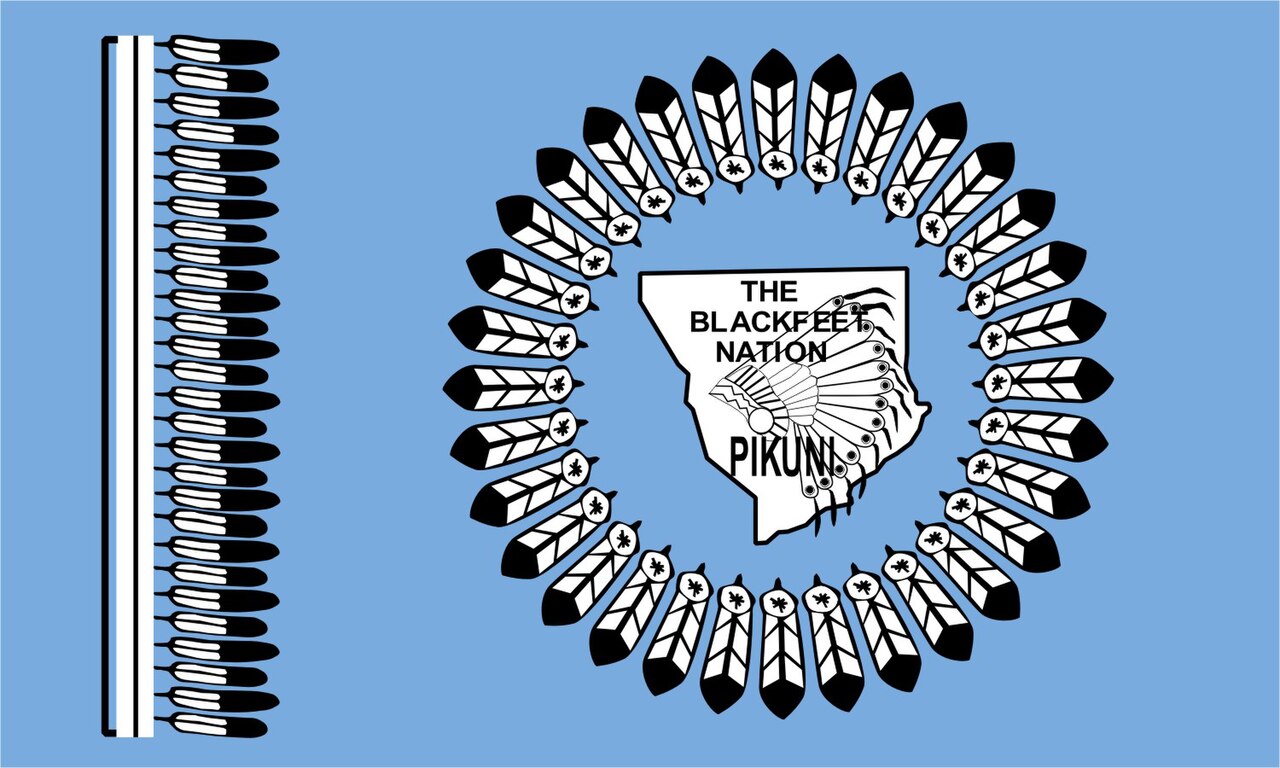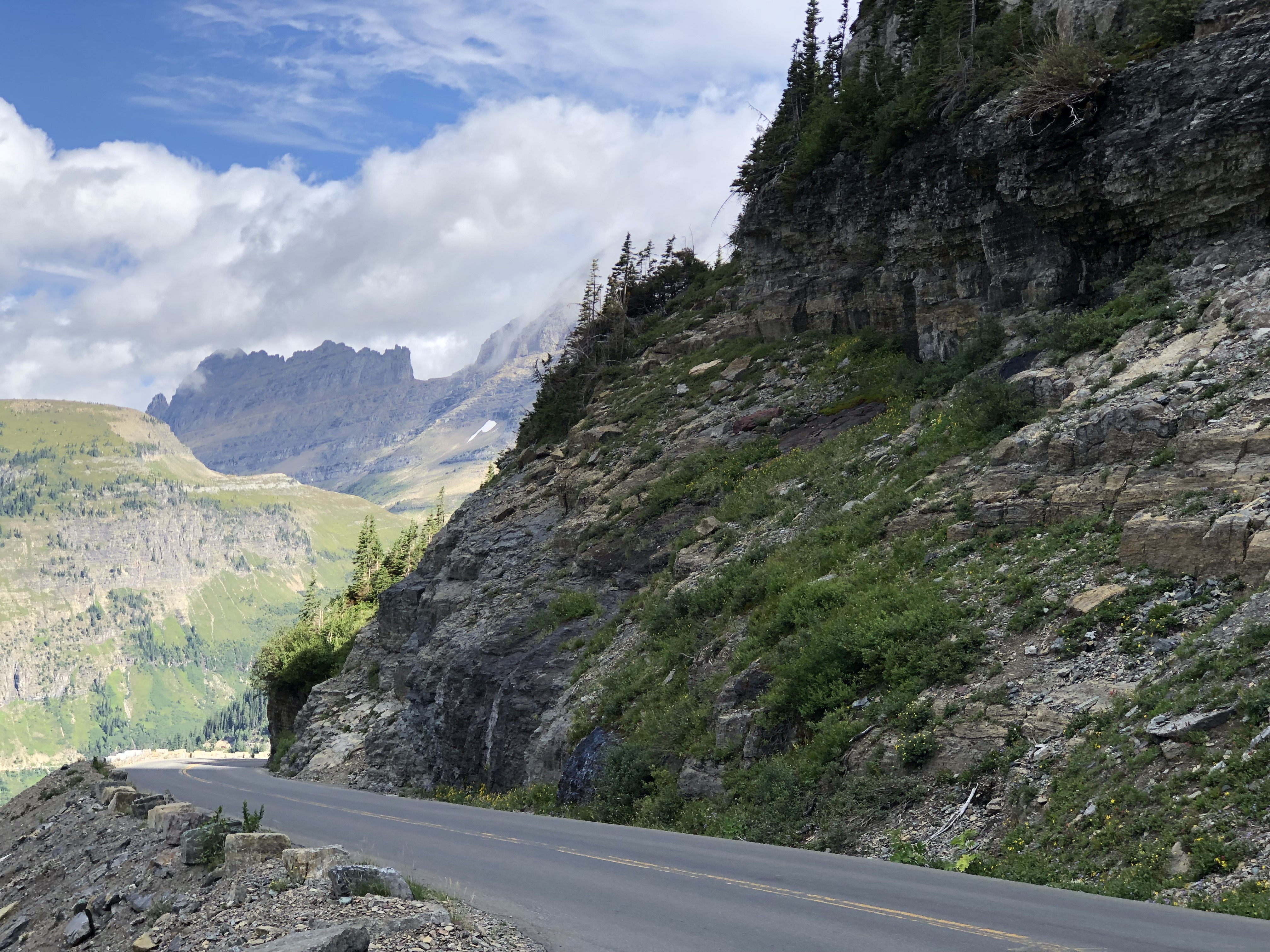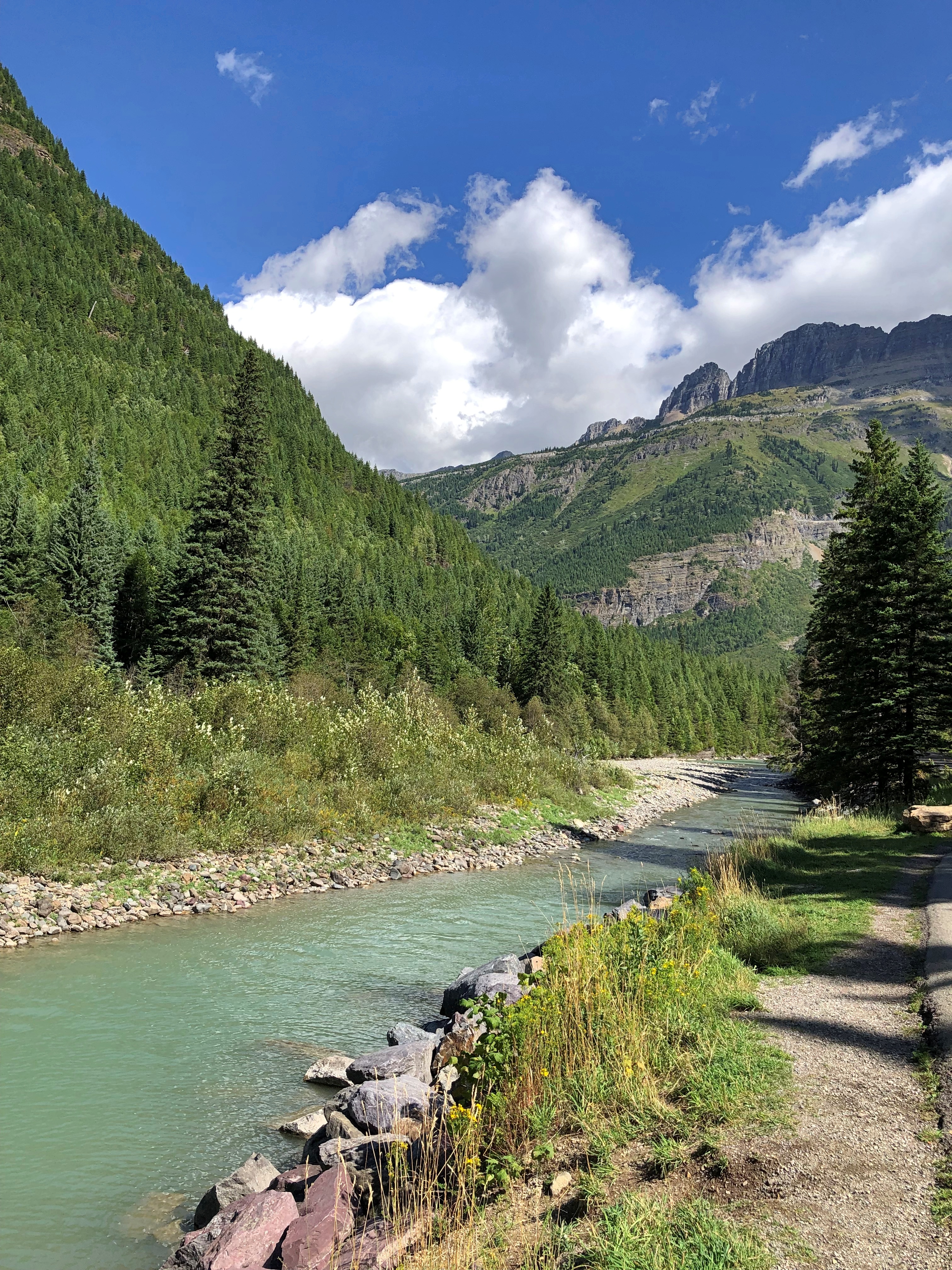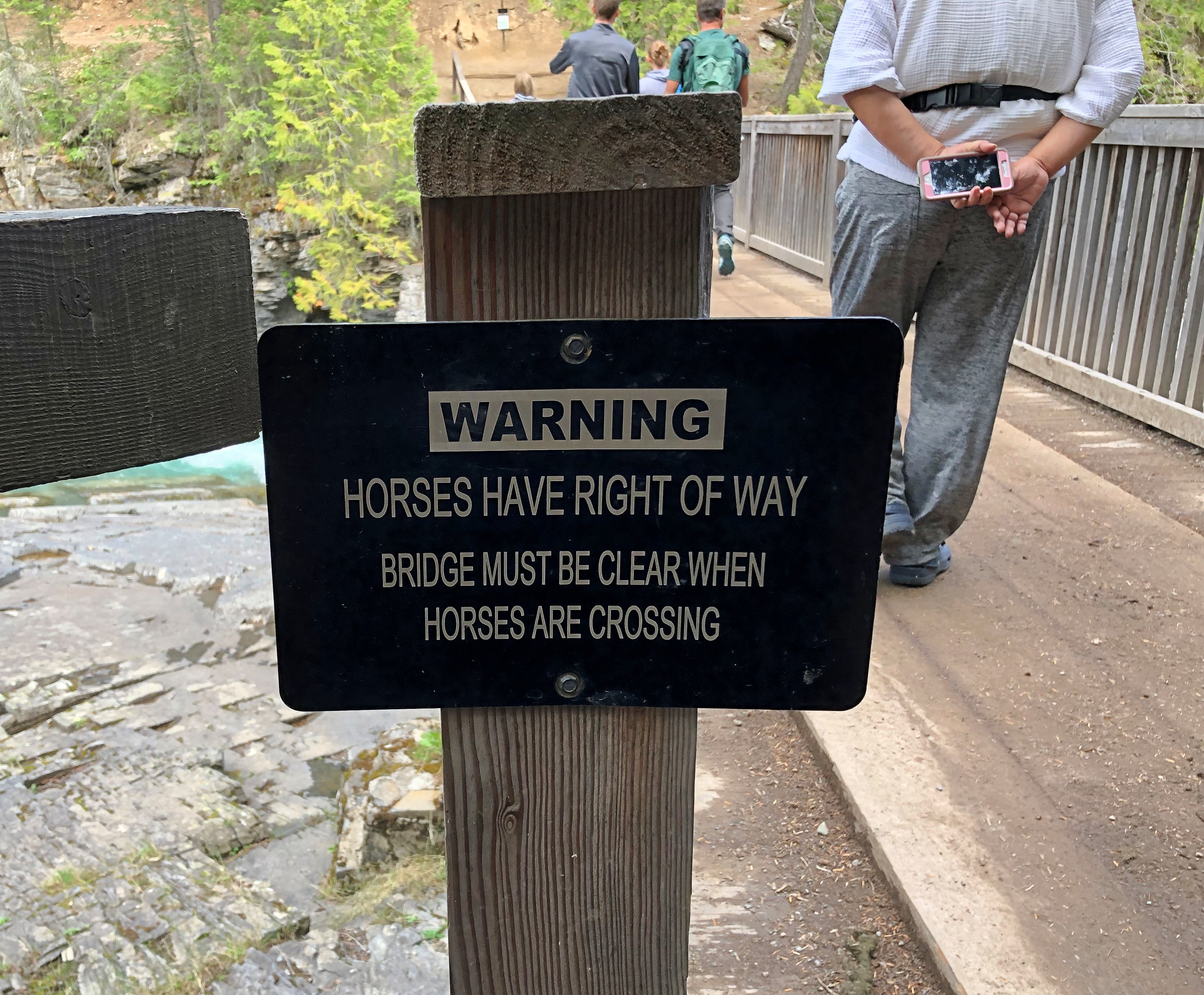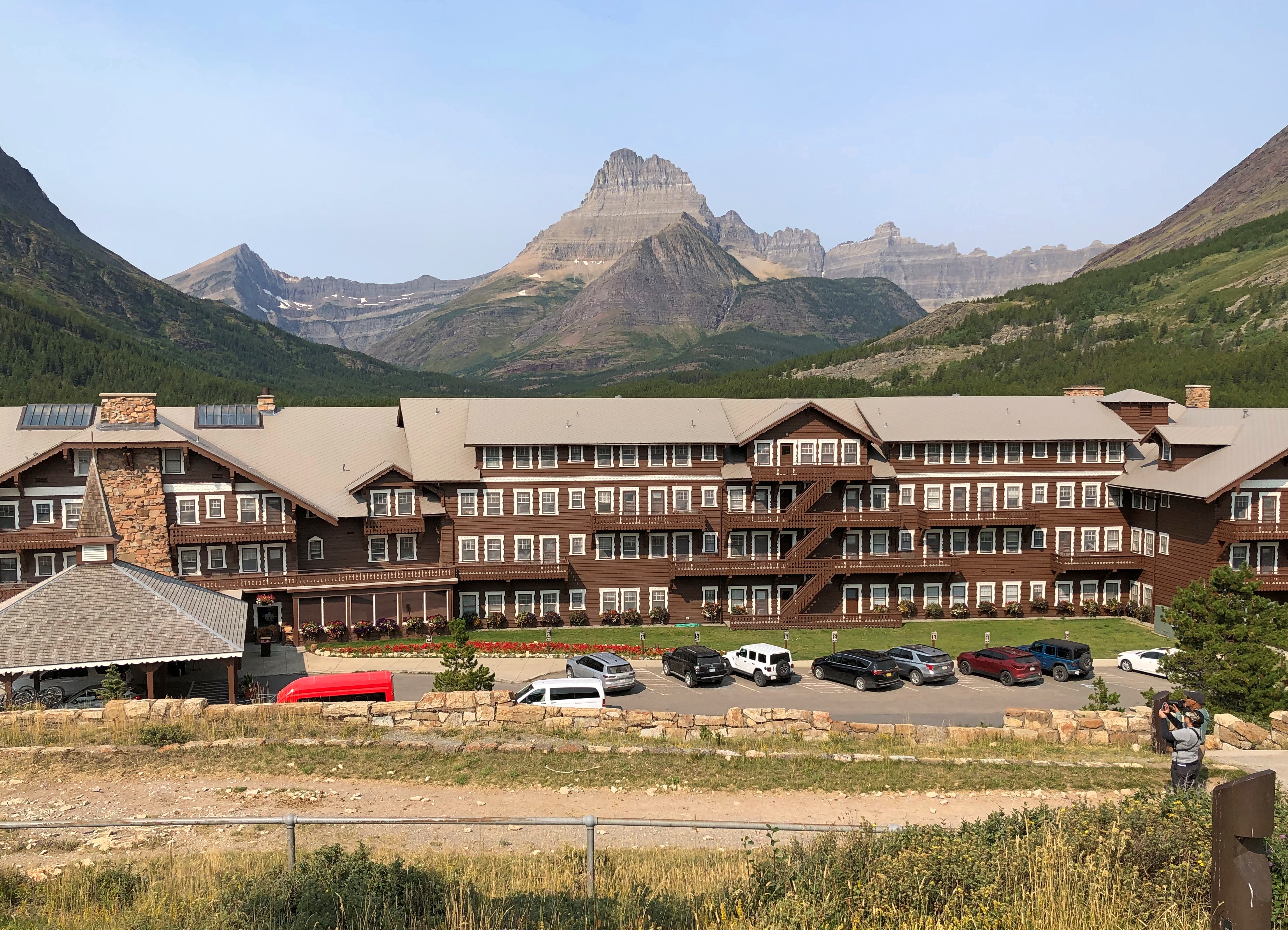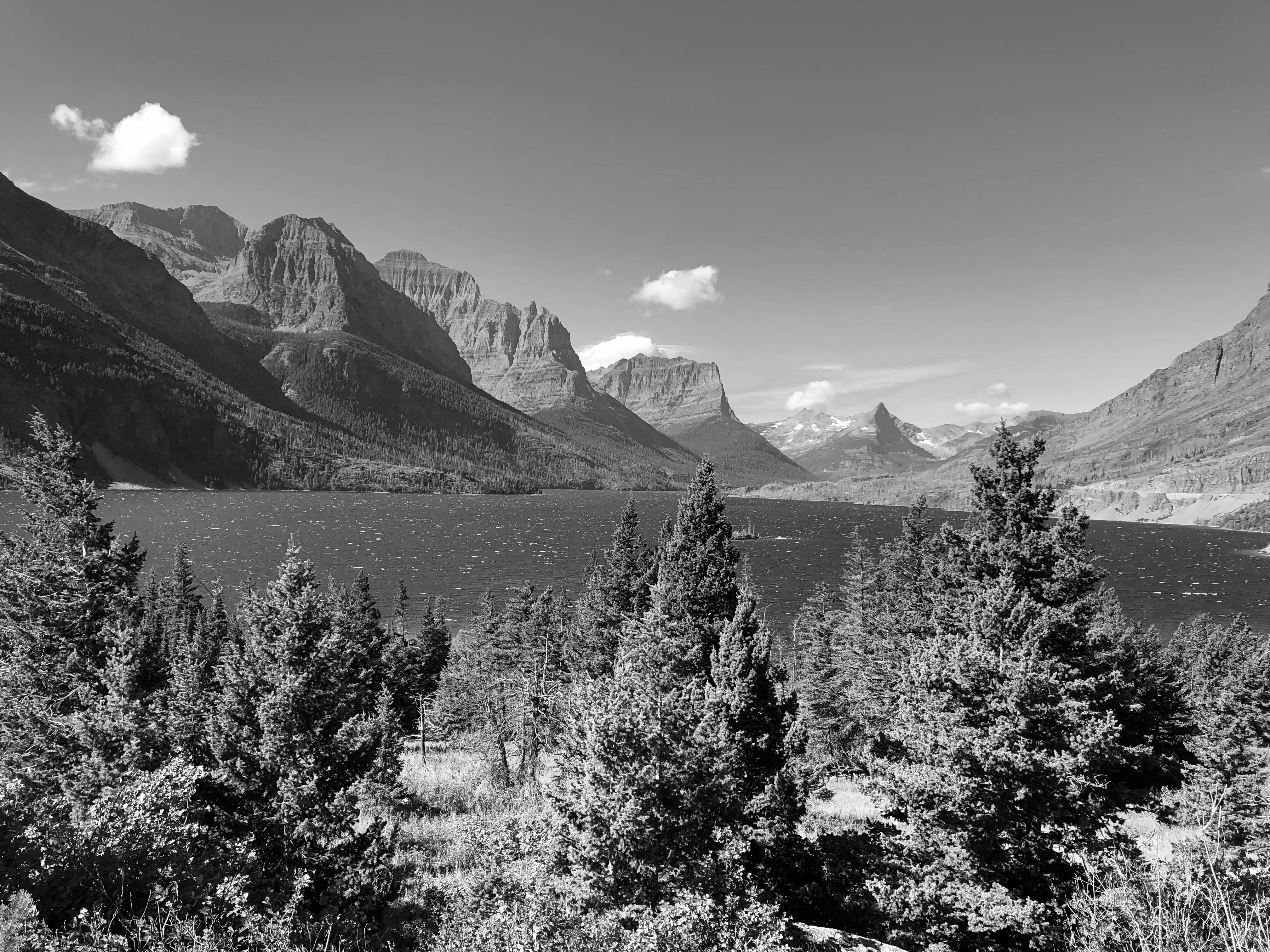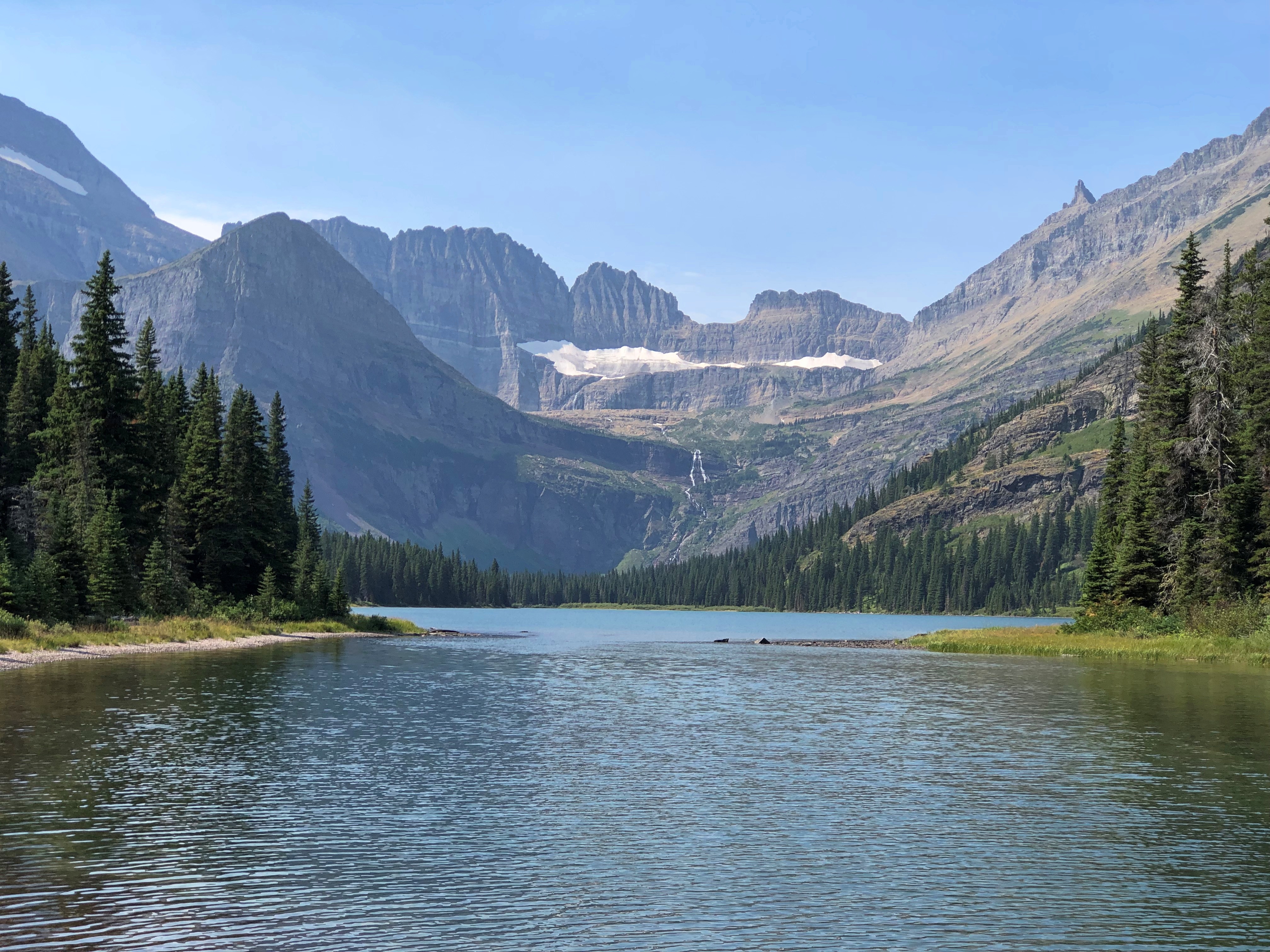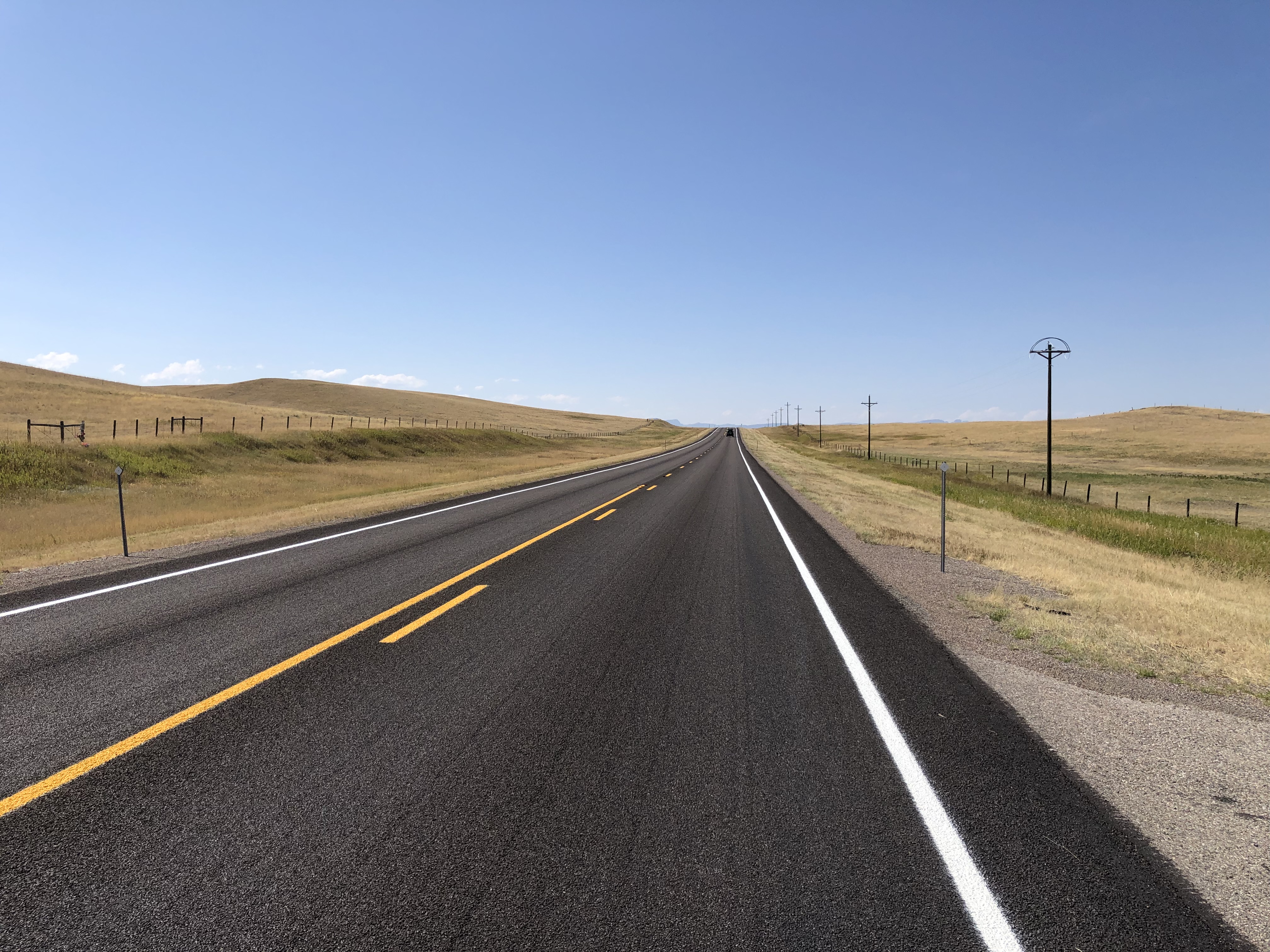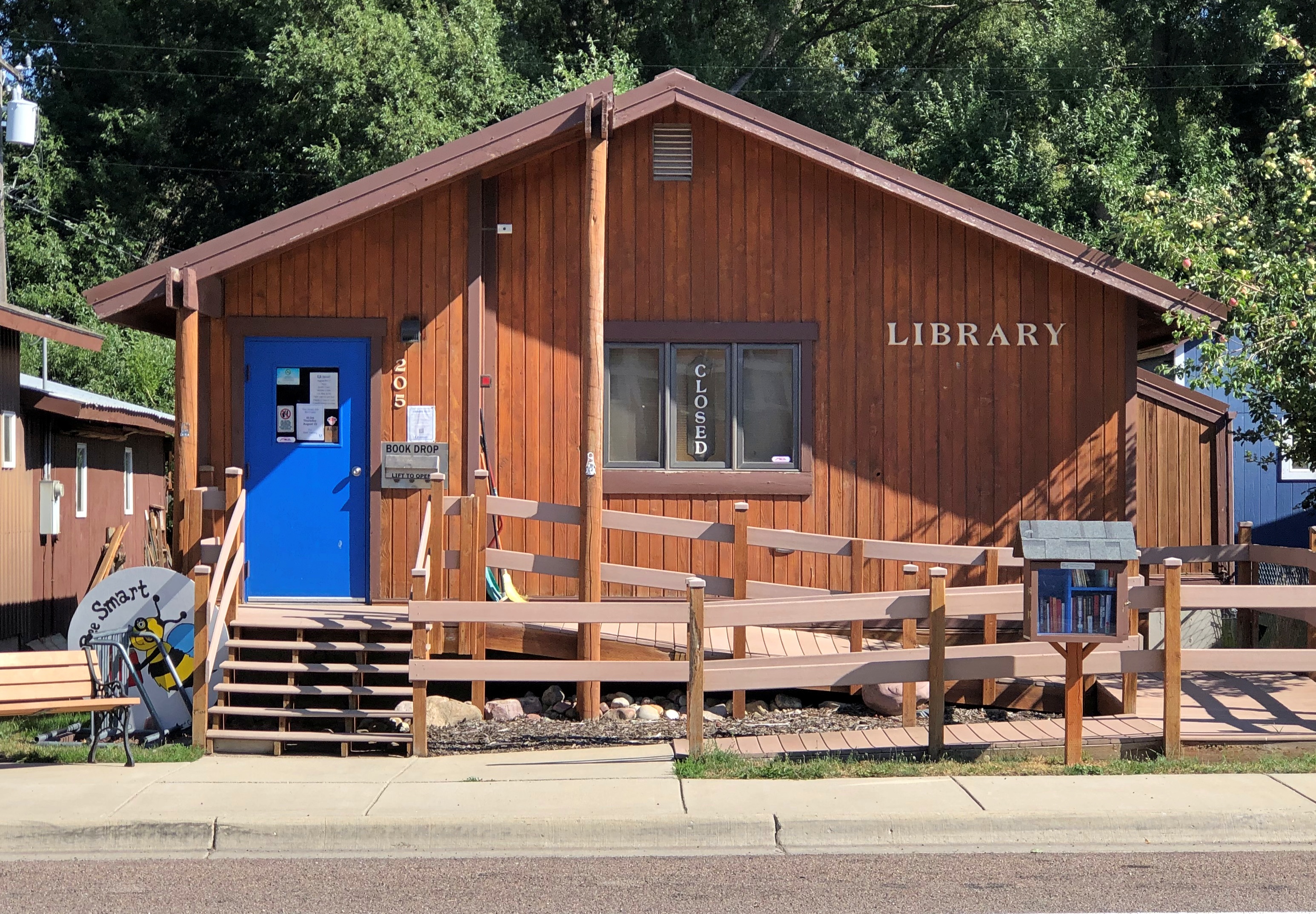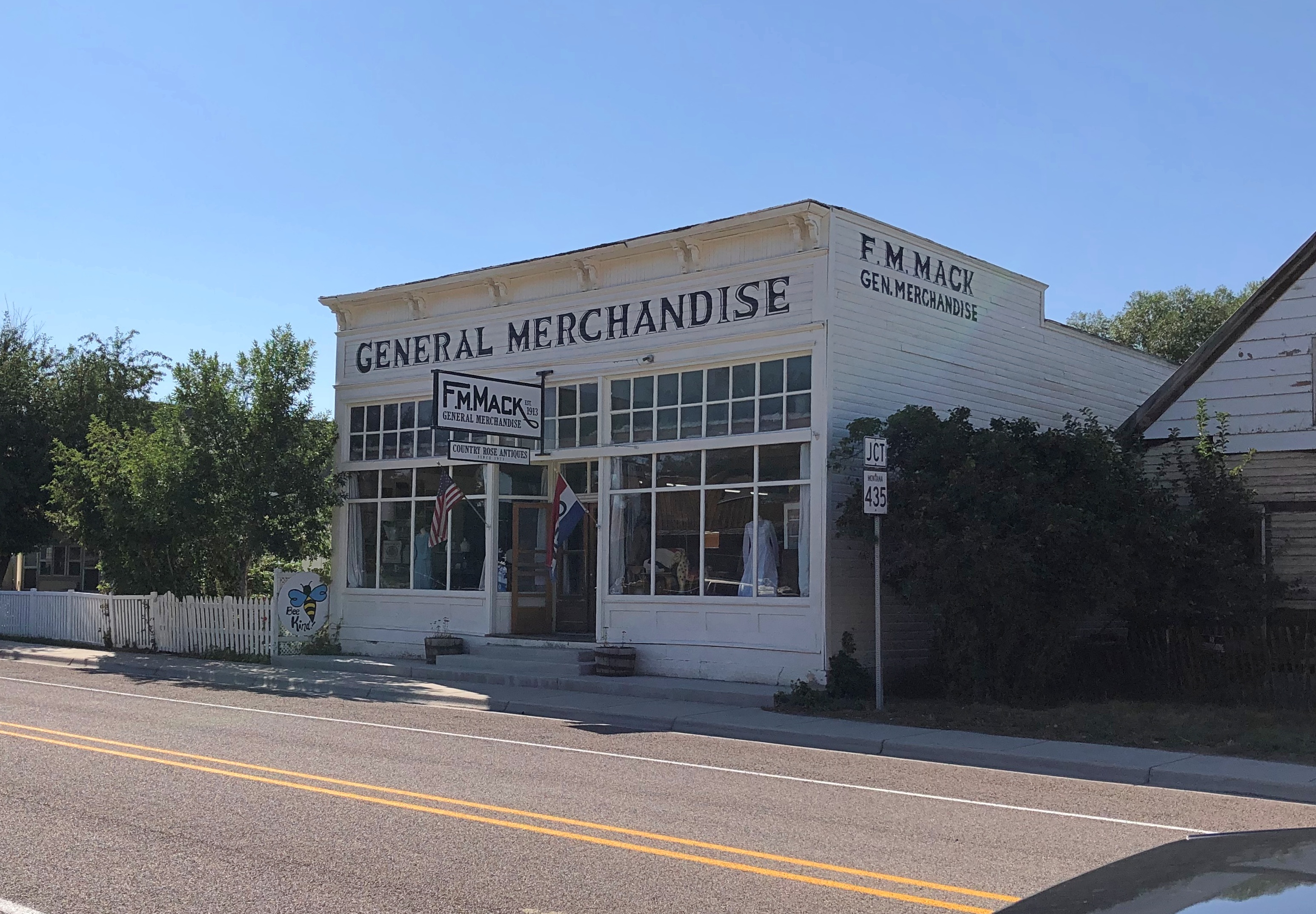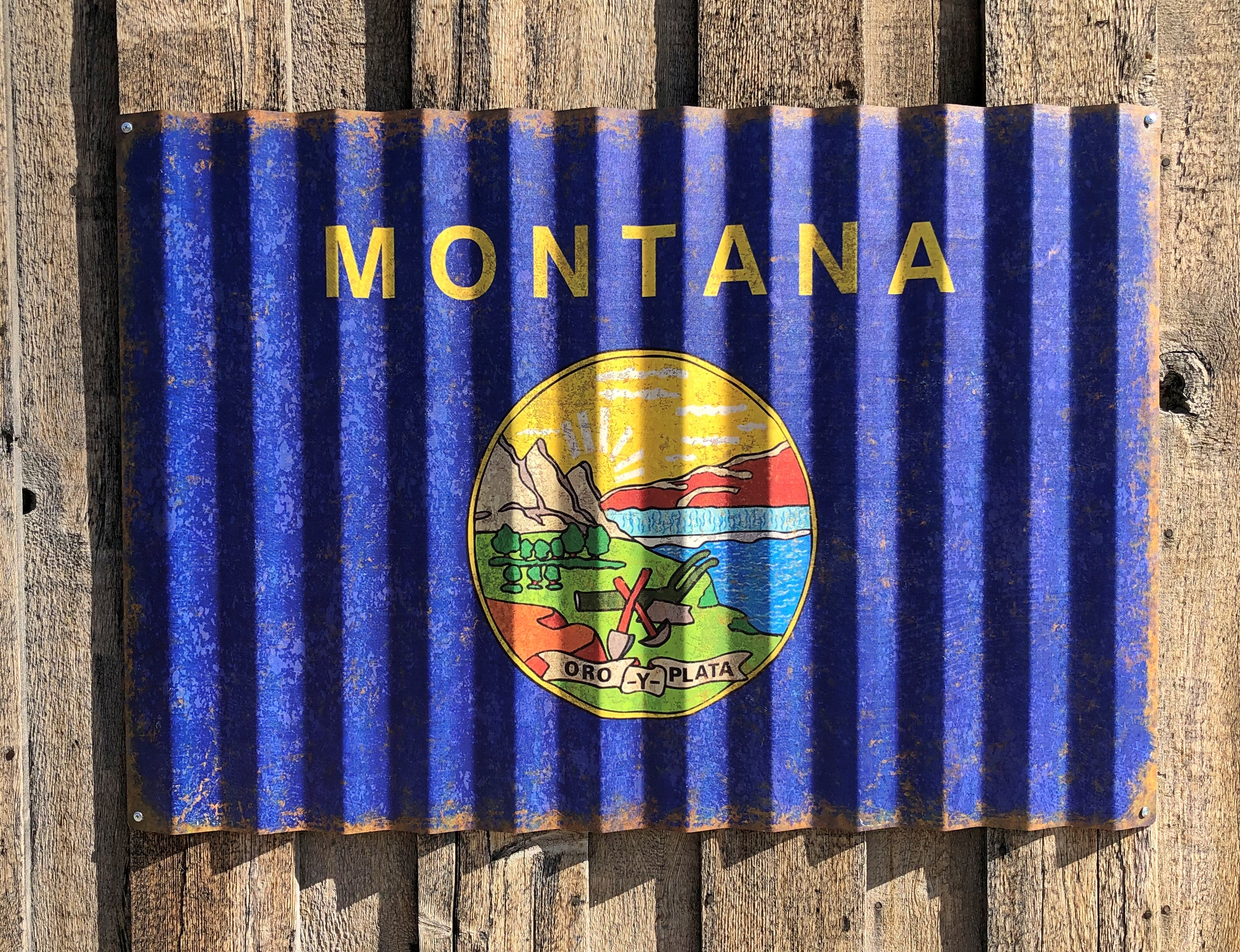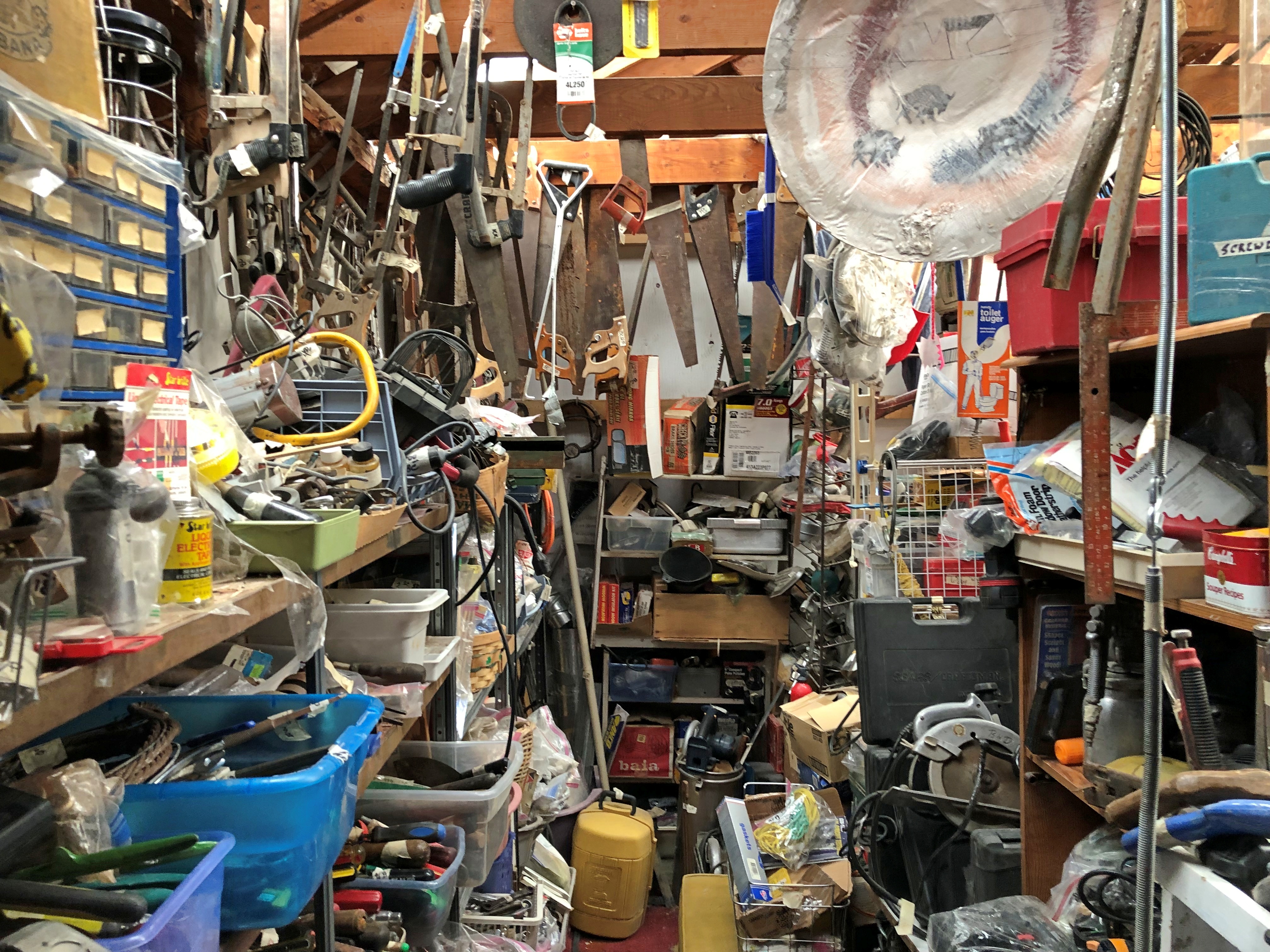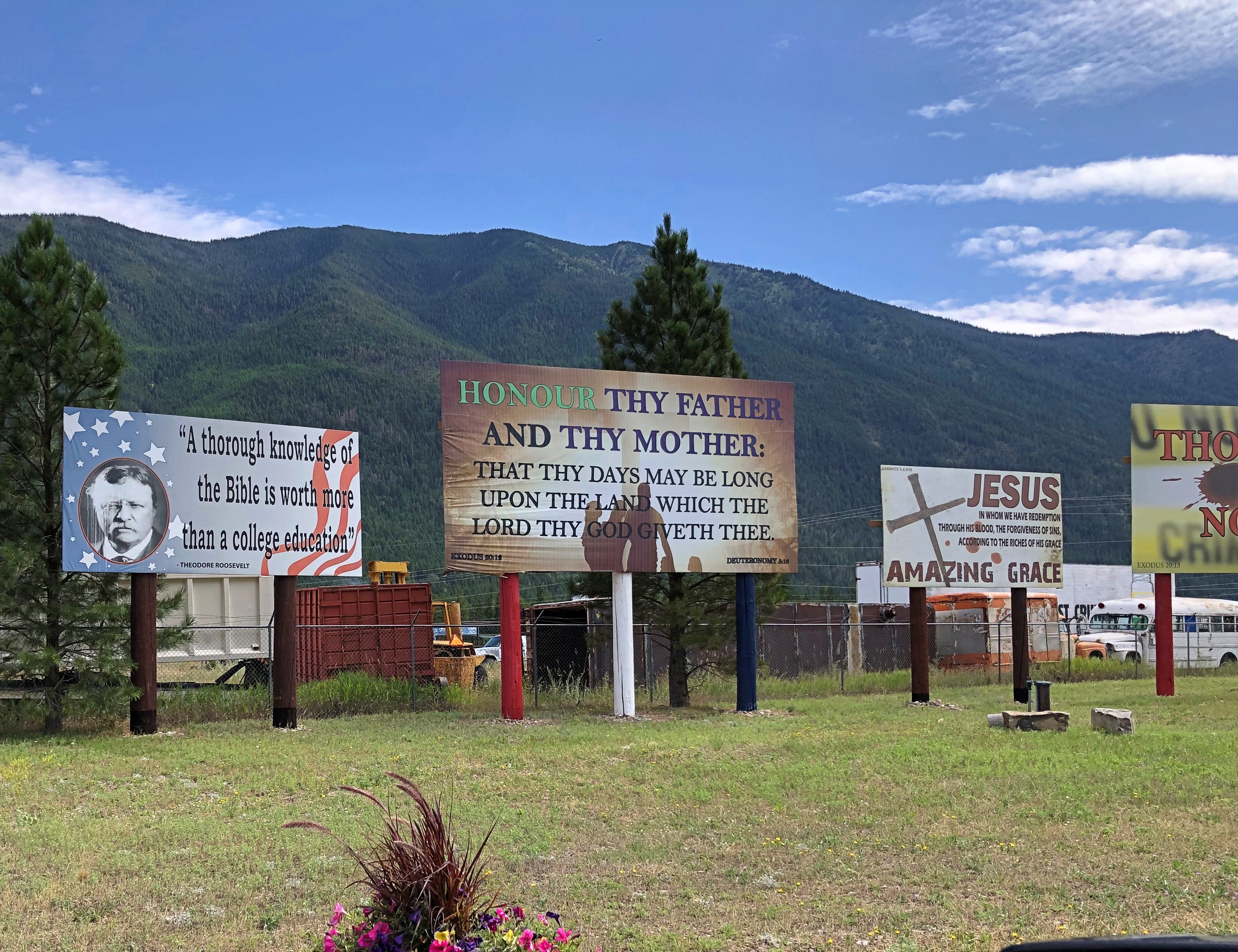Missing a hike around Devils Tower meant we had time for other things, including a fine second breakfast in Hulett, Wyoming (pop. 300+). I asked the waitress what it was like a few weeks earlier, during the Sturgis Rally.
“Crazy,” she said, adding that the rally started on her third day on the job, for that extra measure of crazy.
She and her husband and daughter had been living on a boat for five years until recently, she also said, including a sail through the Panama Canal once. She mentioned that almost in passing, as if five years on a boat is something people often do, followed by relocating far away from any oceans. Though not Sturgis-busy, the place had more than a few customers, so I wasn’t able to get more detail.
We had time to look around Sundance, Wyoming before we left. Turns out Harry A. Longabaugh spent some time in the local jug for a bit of thieving near Sundance, and so he became known as the Sundance Kid. The town of Sundance (pop. just over 1,000) wants you to know this, communicating it to passersby with a memorial in the town’s main municipal park.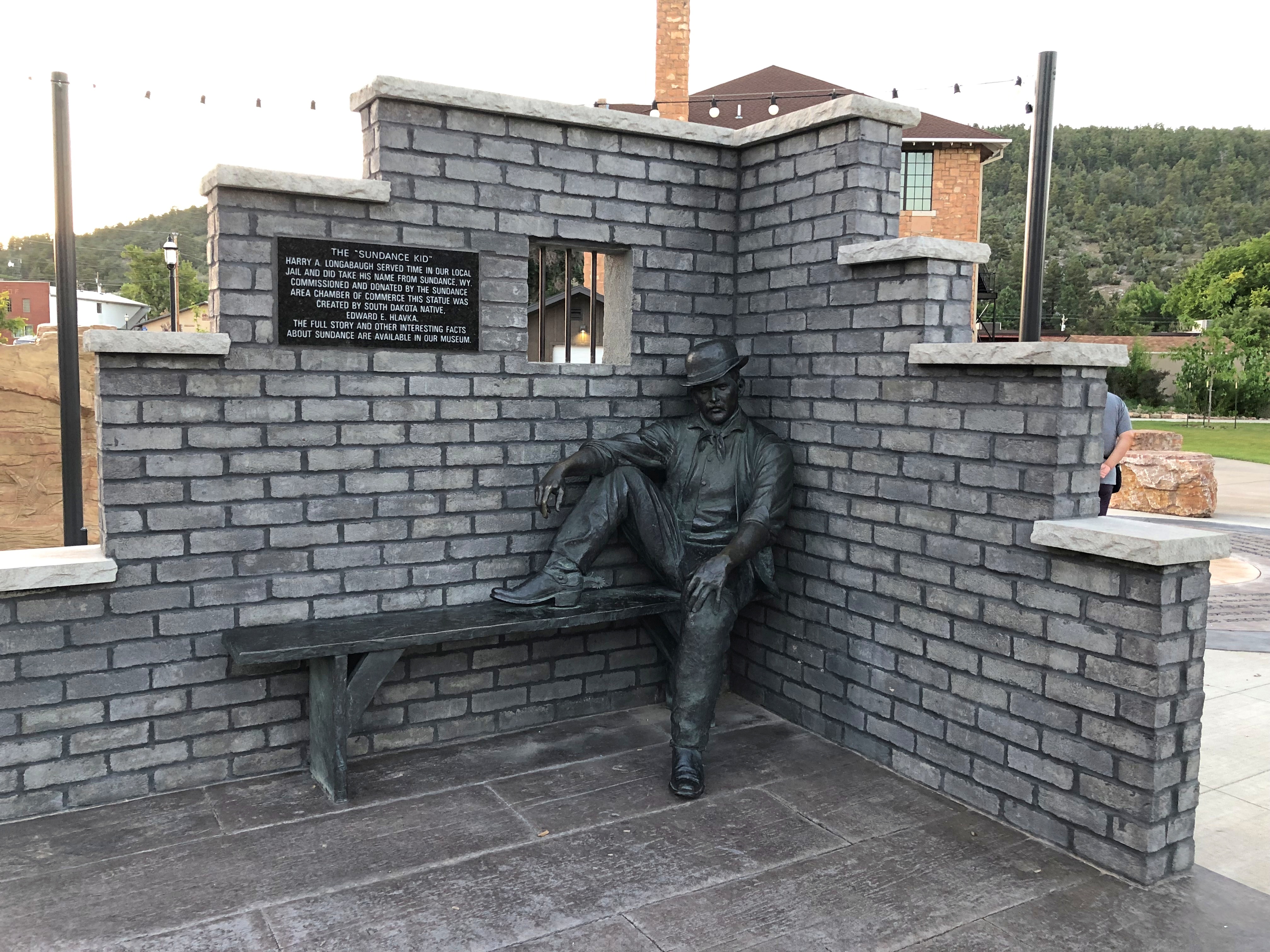
Despite his long history of criminal shenanigans, that was apparently the only time he was imprisoned. Guess you can get away with a lot when you have the dashing good looks and vim of a young Robert Redford.
The drive from Sundance into Montana and on to Helena took up most of the day on August 21.
Billings, Montana, bears further investigation if we’re ever out that way again. All it takes to impress me sometimes is a terrific lunch, and that we found at Spitz Mediterranean Street Food in downtown Billings. It didn’t seem like a chain – and I’d never heard of it – but there are about 20 of them, and it seems that Billings can support one. Other locations are in such usual-suspect retail markets as southern California, Denver, Portland, Ore. and DFW.
We spent the night in Helena and woke the next morning to more than a hint of a wildfire in the air, from elsewhere in Montana, but less than an air action day.
We planned to drive to the entrance of Glacier NP that day, but we couldn’t leave the capital of Montana without seeing the capitol. Front and back.
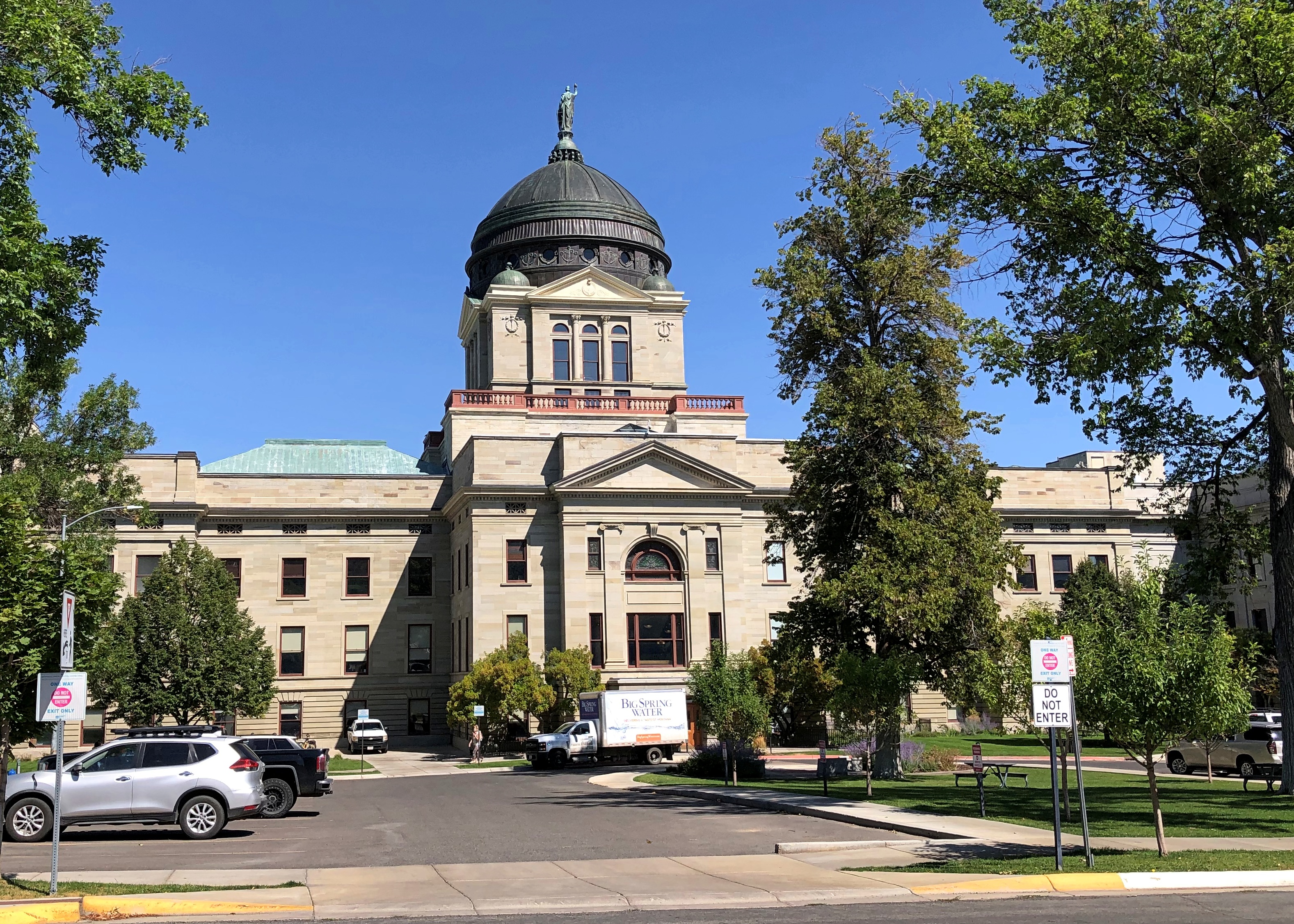
Inside.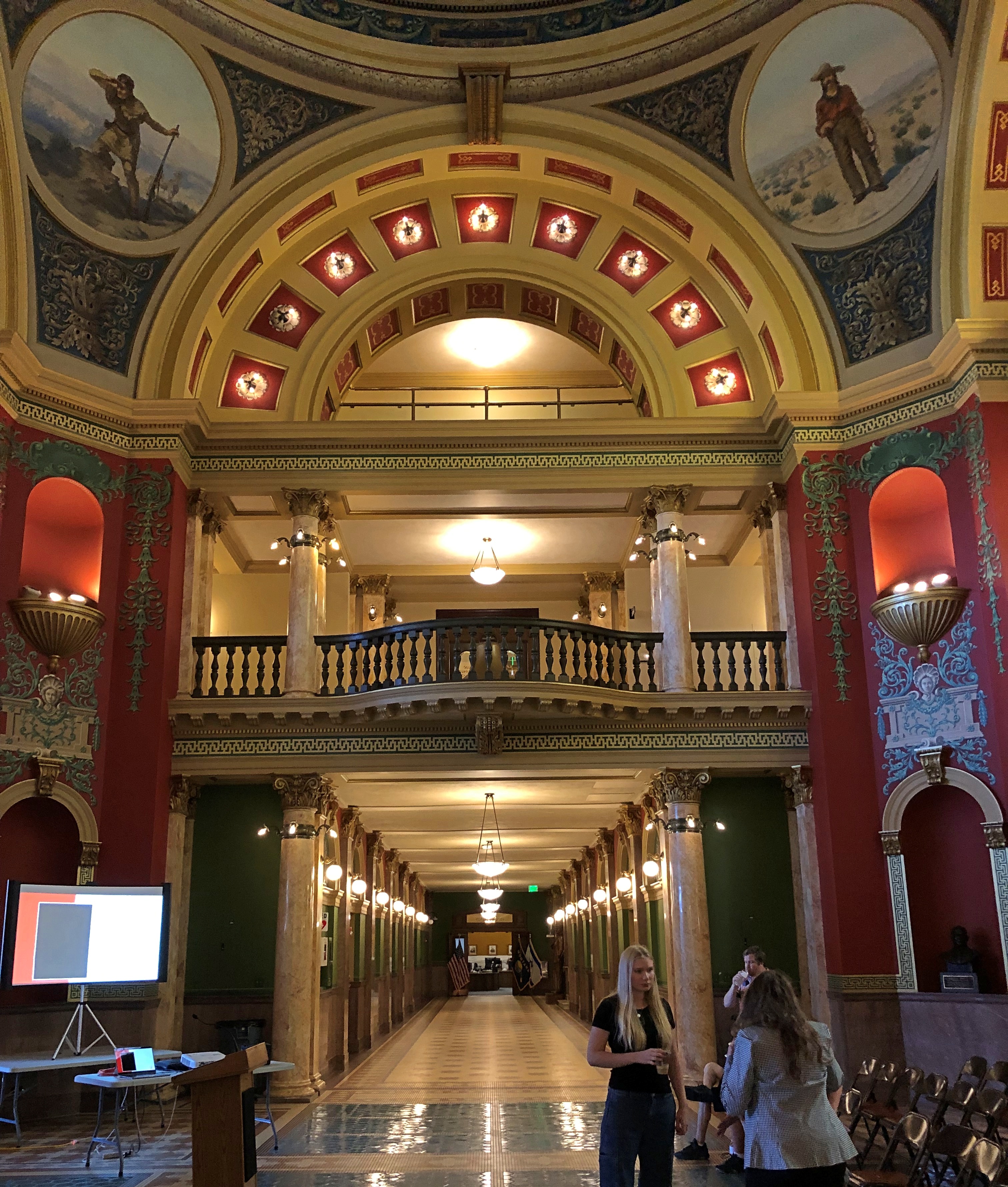

Stained glass is a little unusual in a capitol, but not unheard of.
Murals are more common. Some clearly from an earlier period.
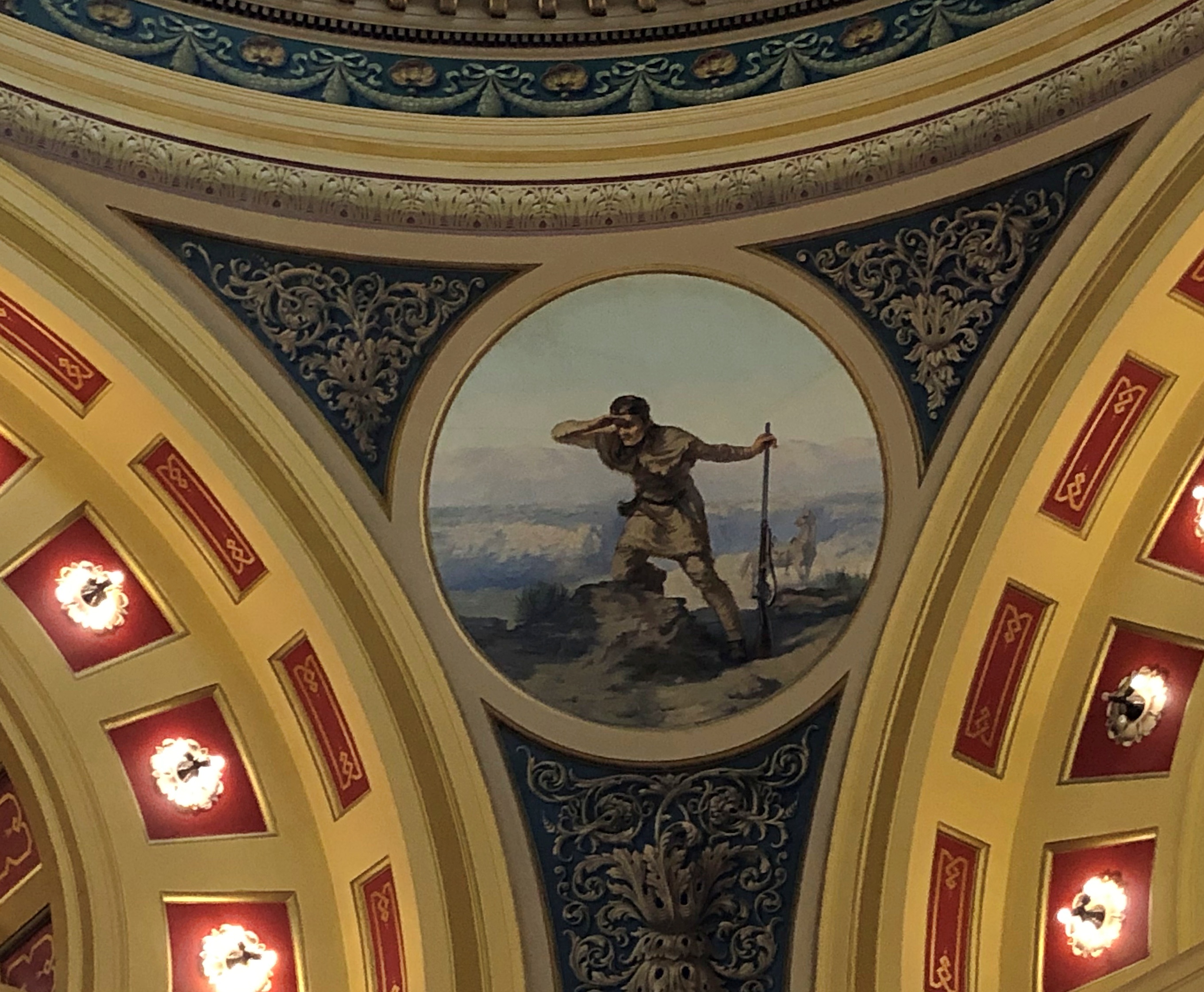
More recent murals depict scenes like this, the cooperative spirit between native and settler women.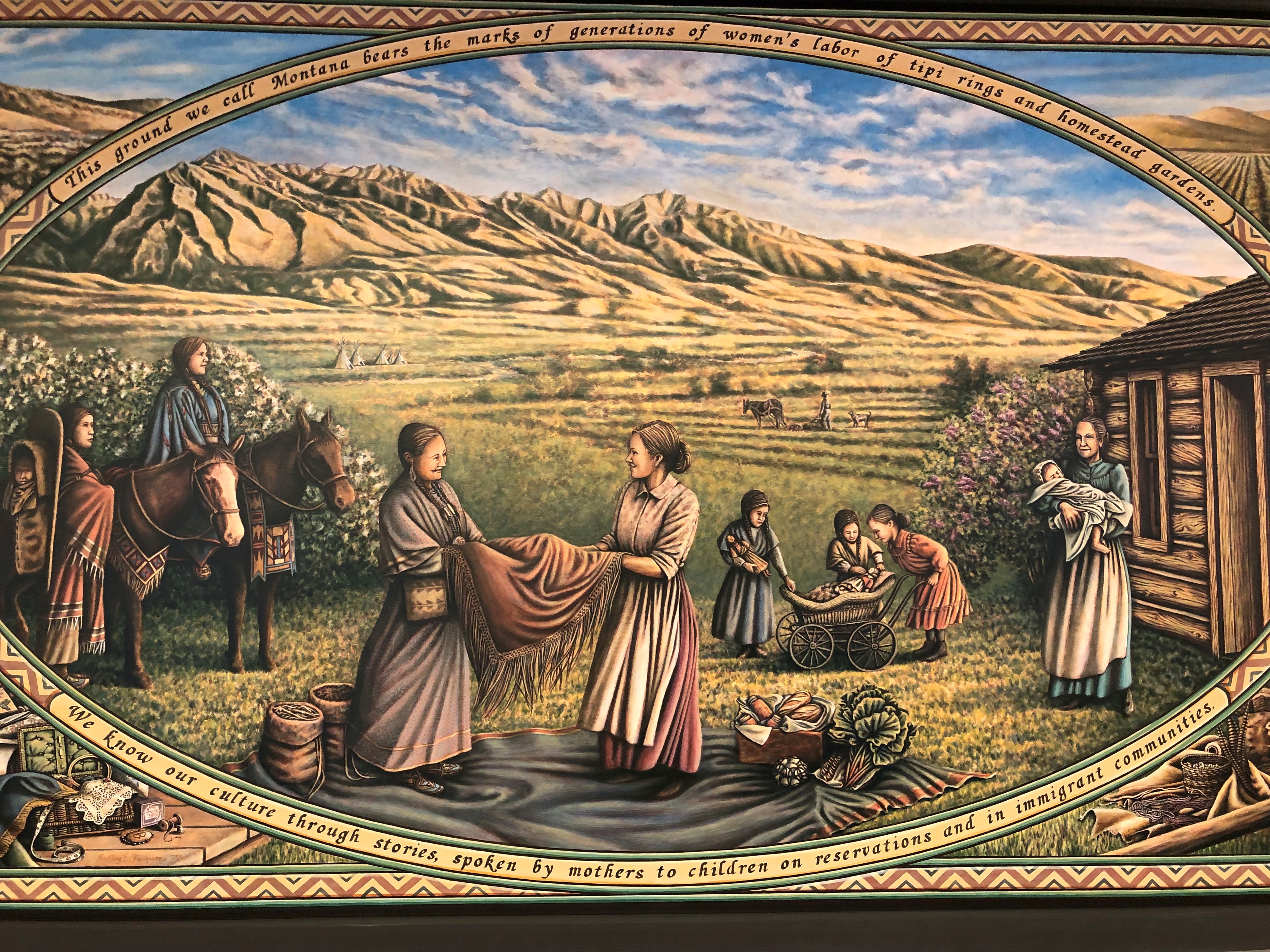
On display in the Montana House of Representatives chamber – and the reason its door is always locked, to protect it, a sign said – is the painting “Lewis and Clark Meeting the Flathead Indians at Ross’ Hole,” by Montana artist Charlie Russell (d. 1926). It is a highly esteemed work of his.
In situ: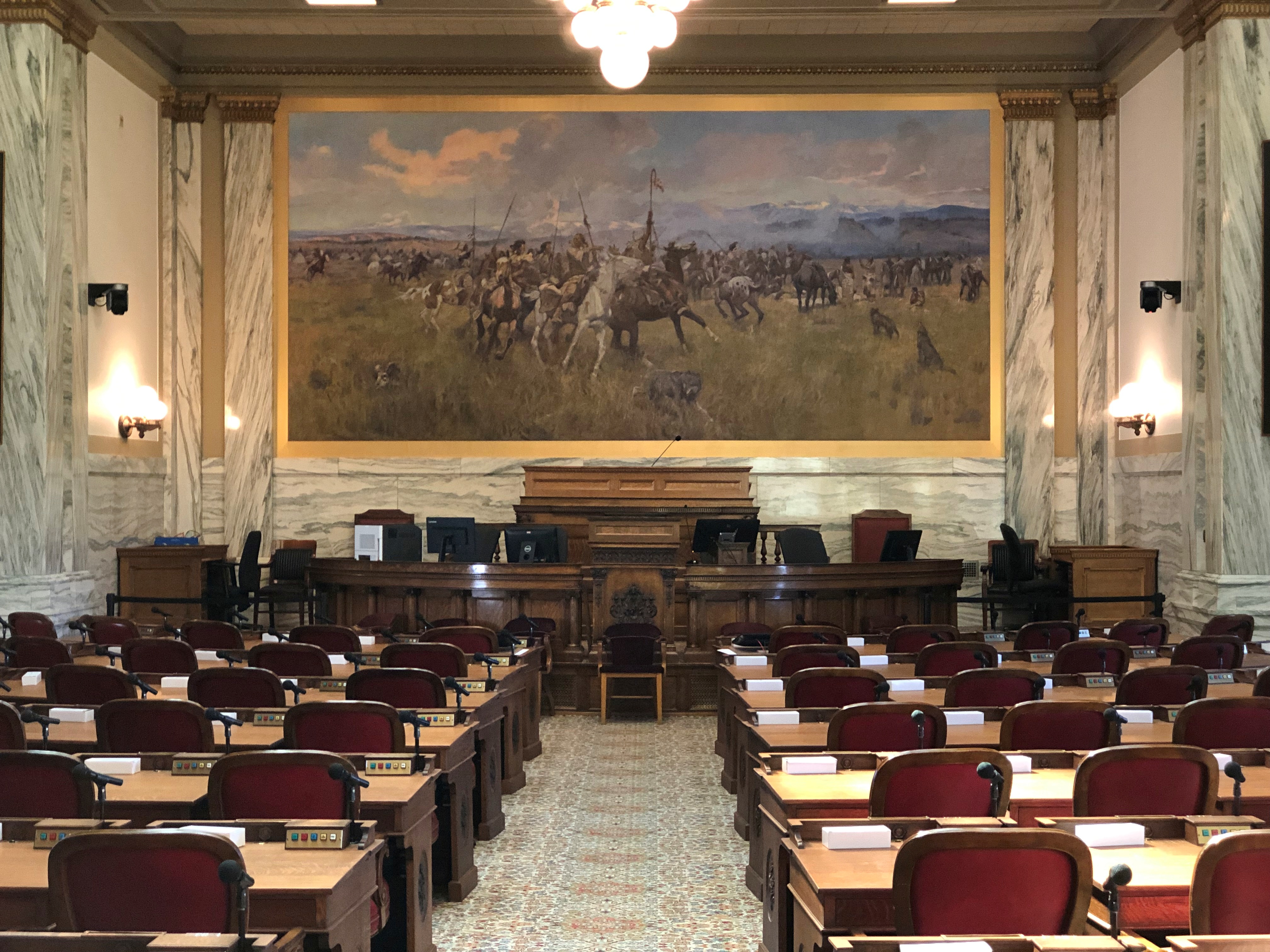
Only a few blocks from the capitol is the Cathedral of St. Helena, which is undergoing exterior renovation.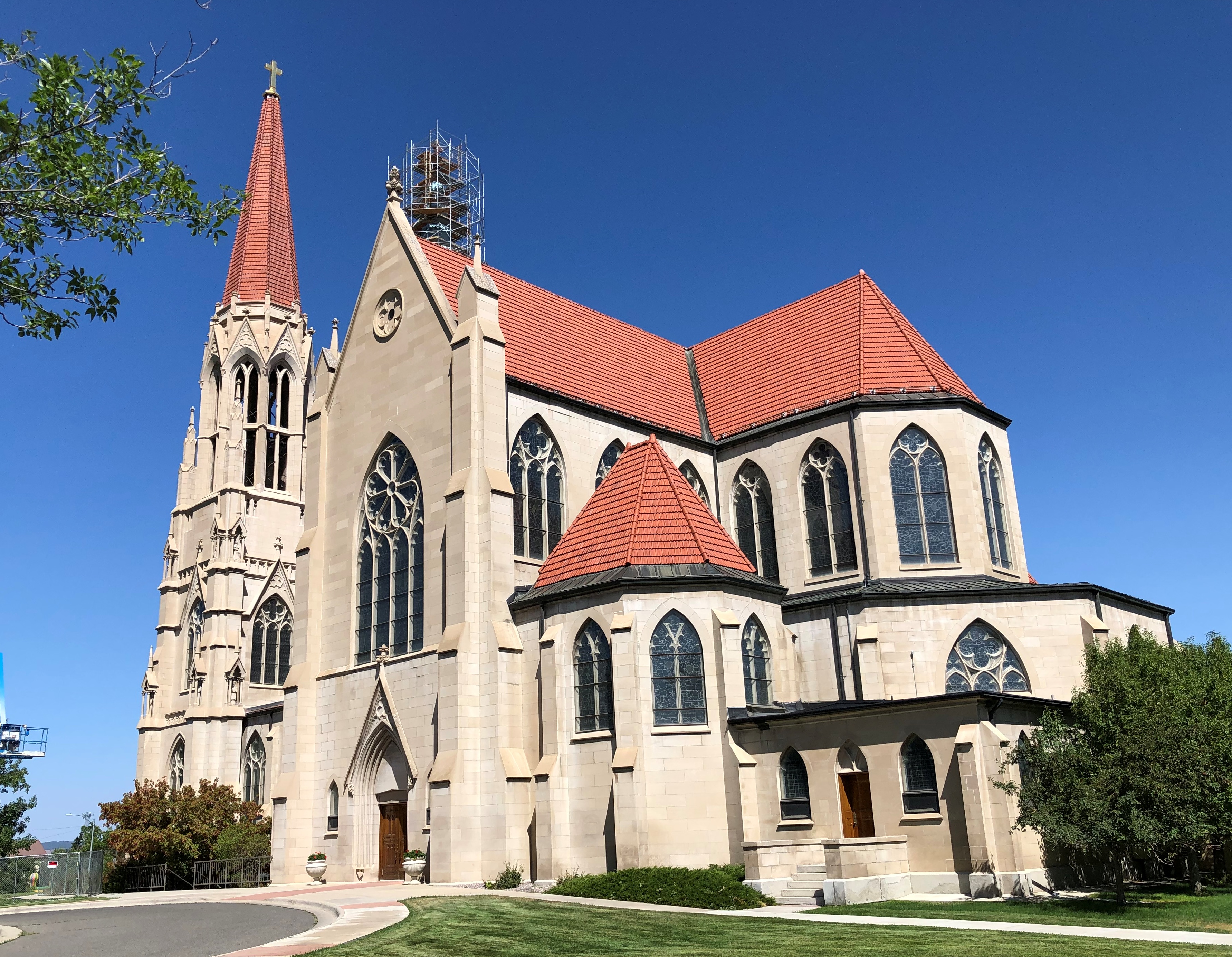

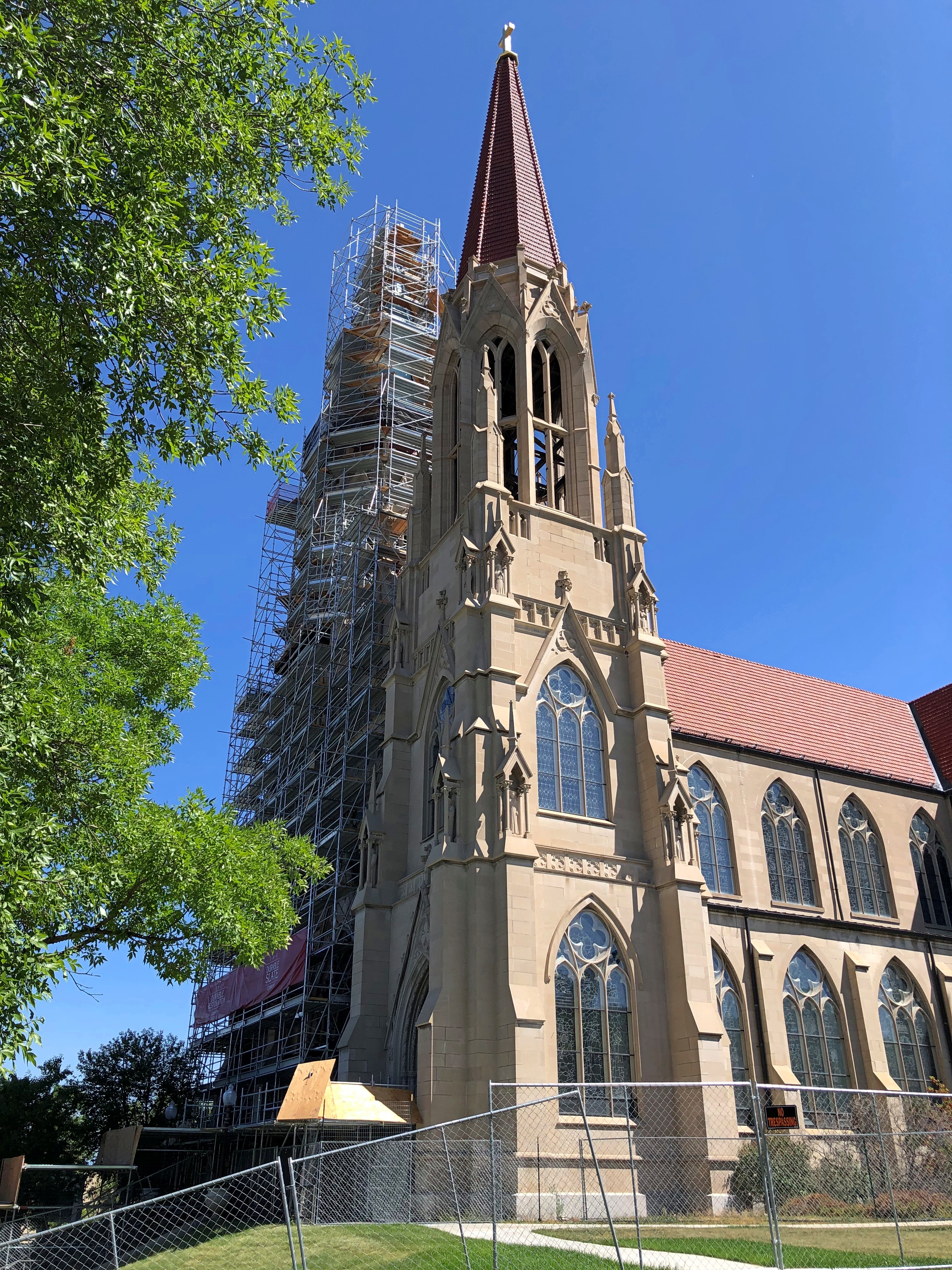
It was open.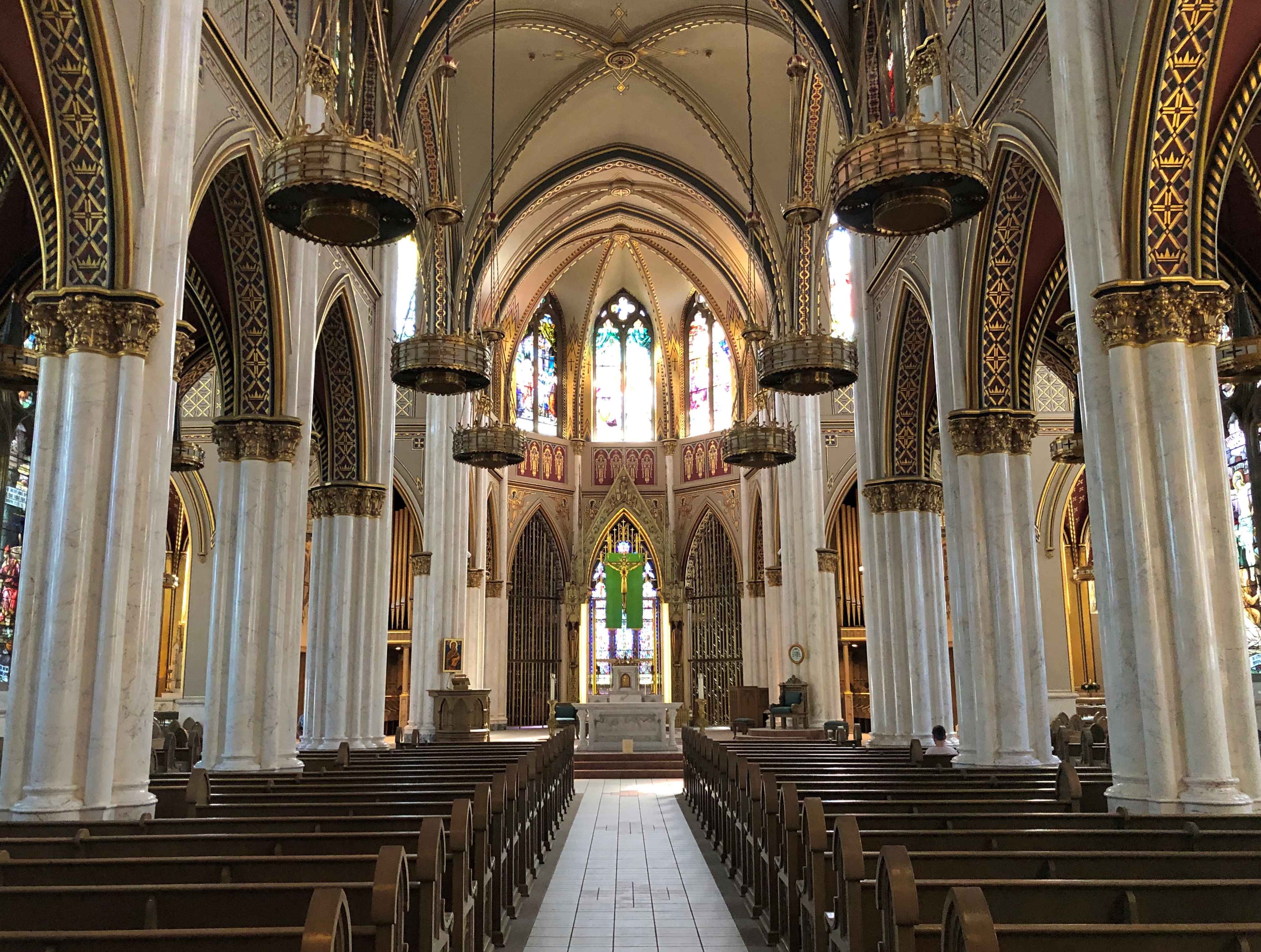

Some magnificent stained glass.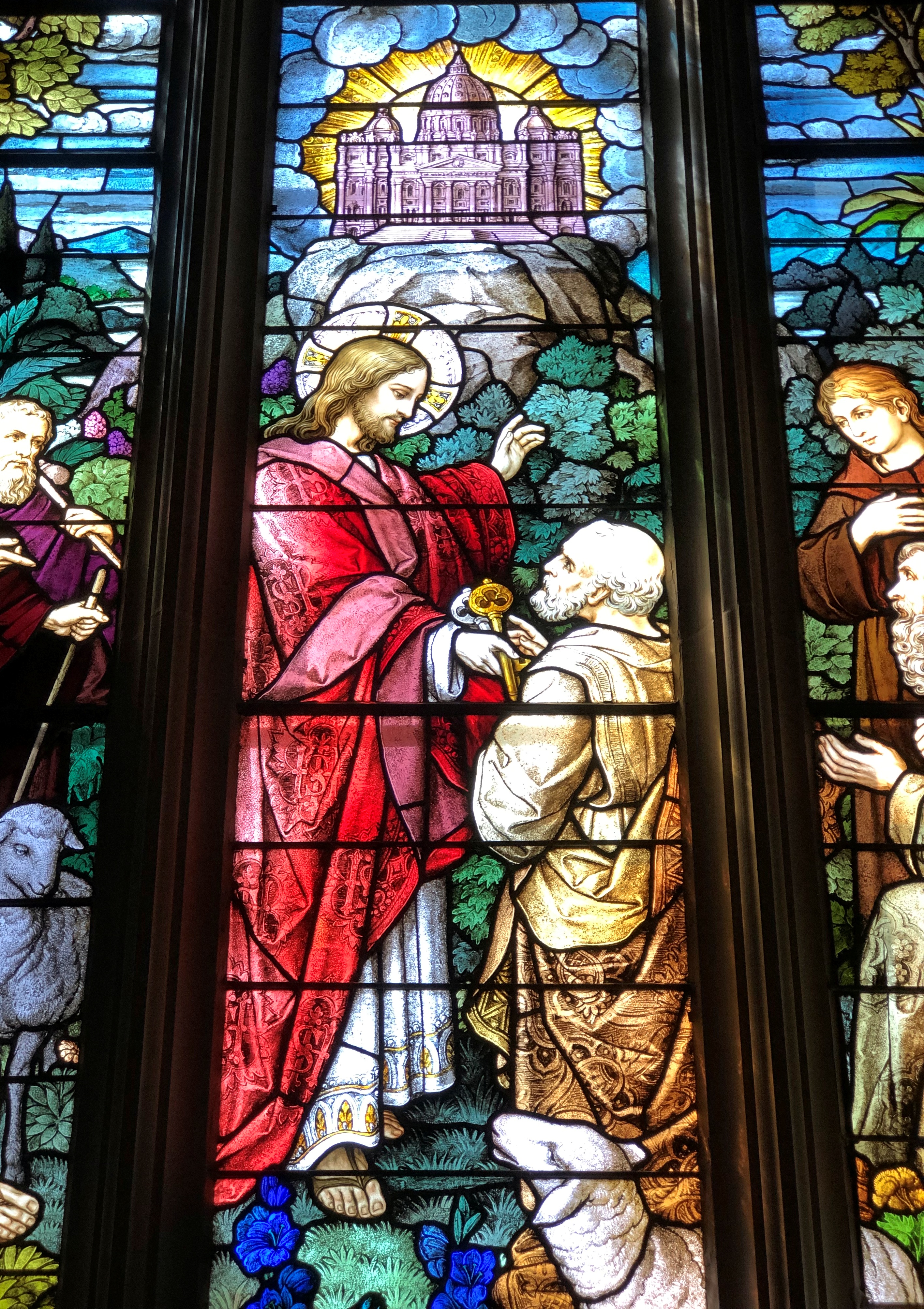
Before leaving town, we visited downtown Helena. 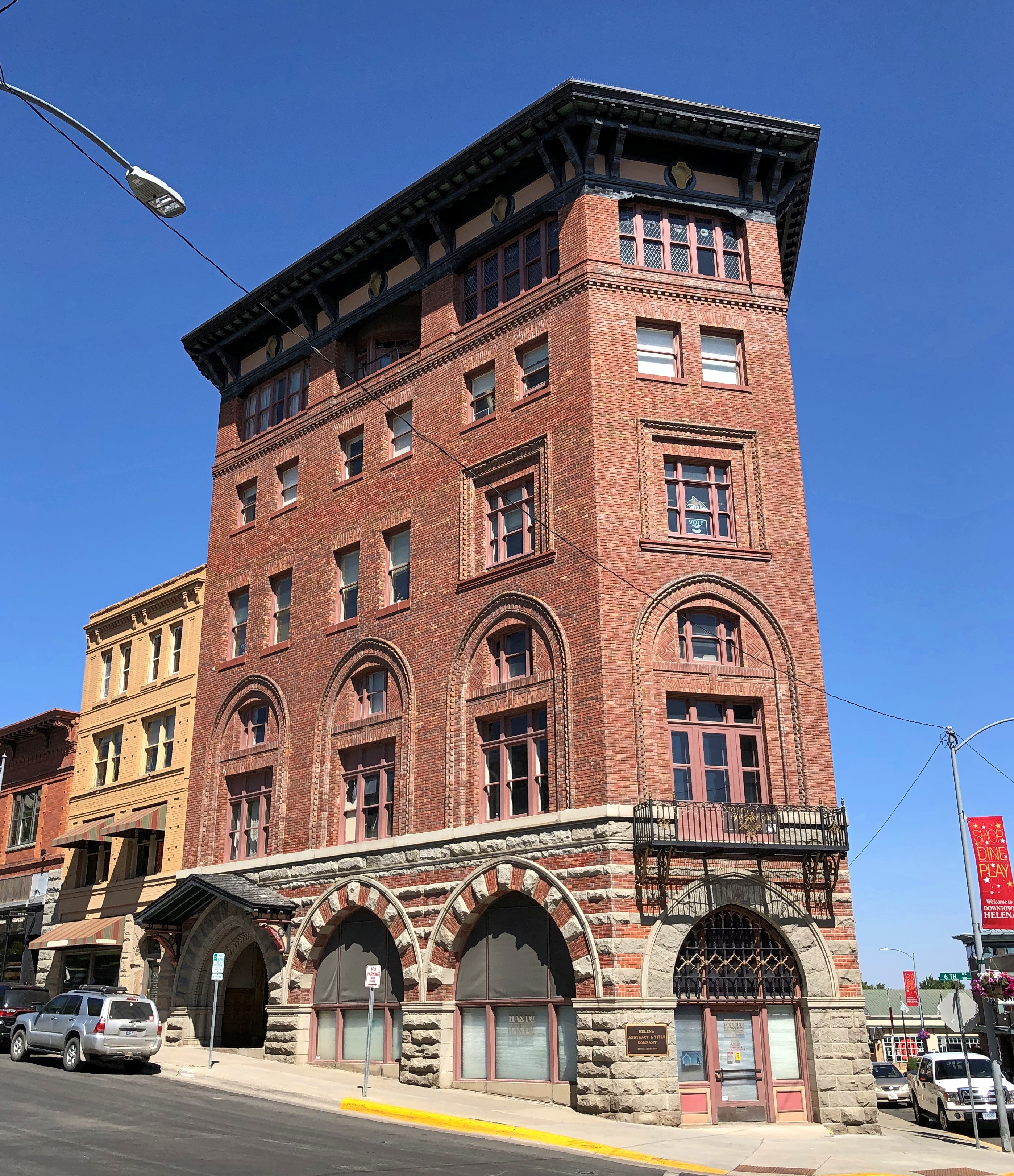
Soon we made our way to N. Last Chance Gulch Street, which is a pedestrian thoroughfare. At least, that’s what Google Maps calls it.
The Helena As She Was web site says of this street, in answer to what its real name is:
“The answer is: Both. Last Chance Gulch is the name of the actual gulch in which gold was discovered in 1864. The thoroughfare which was built down the Gulch was originally named Main Street. It remained that way for some 85 years, until July 20 1953, when acting Helena Mayor Dr. Amos R. Little, Jr. signed an ordinance officially changing the name of Main Street to Last Chance Gulch. Both names are still used locally for what was once the grand thoroughfare of Helena’s business district.
“Last Chance Gulch meanders as it does because it was originally routed between mining claims; it was not designed that way to lower fatalities from stray bullets, as some promotional literature has claimed.”
Stray bullets, eh? Helena wouldn’t be the only place that trades on a history of (fortunately) long-ago violence. That kind of thing is a dime a dozen west of the Mississippi, and not unknown to the east.
Along N. Last Chance Gulch. And there is a S. Last Chance Gulch, though we didn’t walk that far.
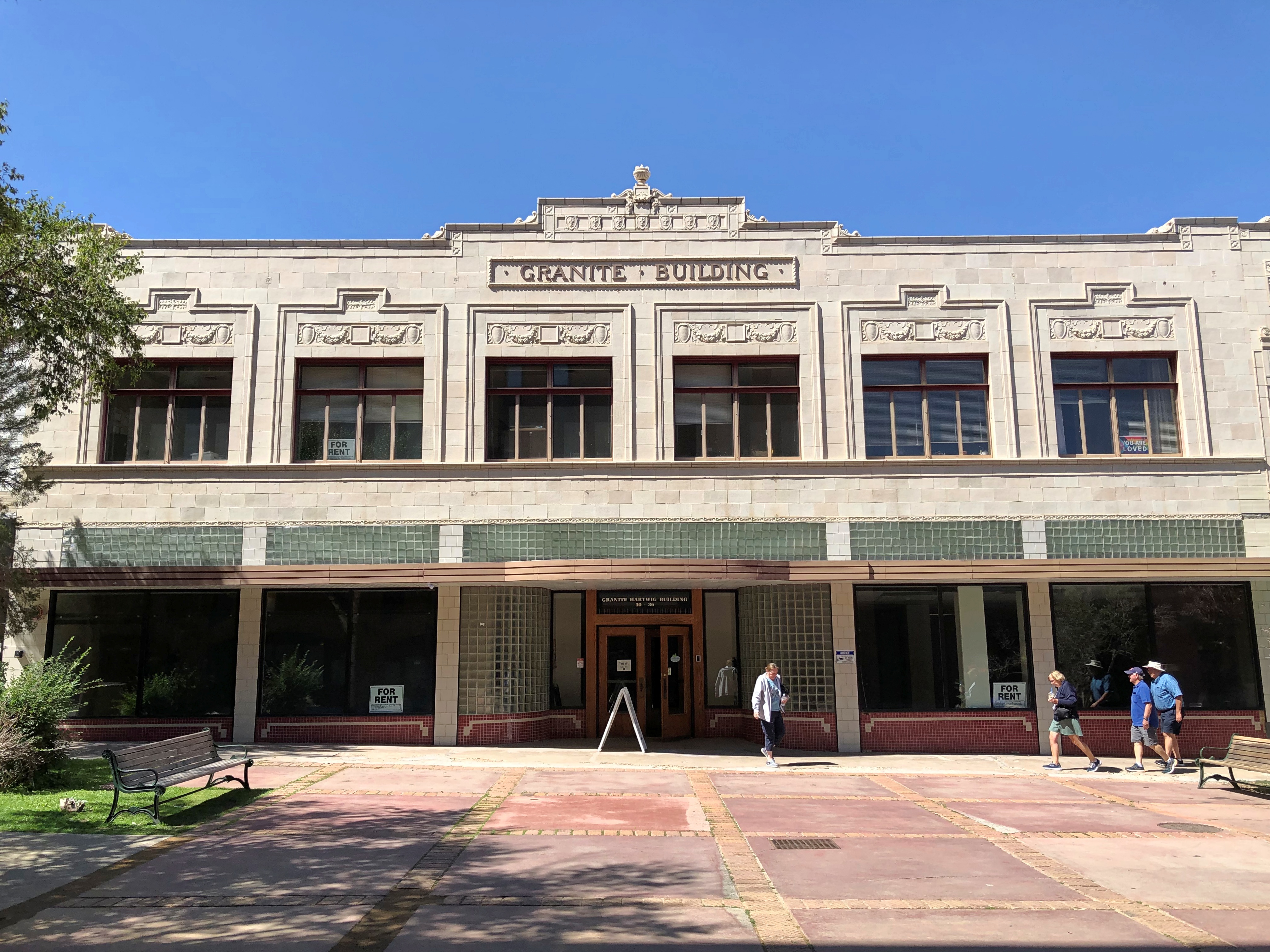

We found Taco del Sol on N. Last Chance Gulch. Unlike Spitz, a standalone operation.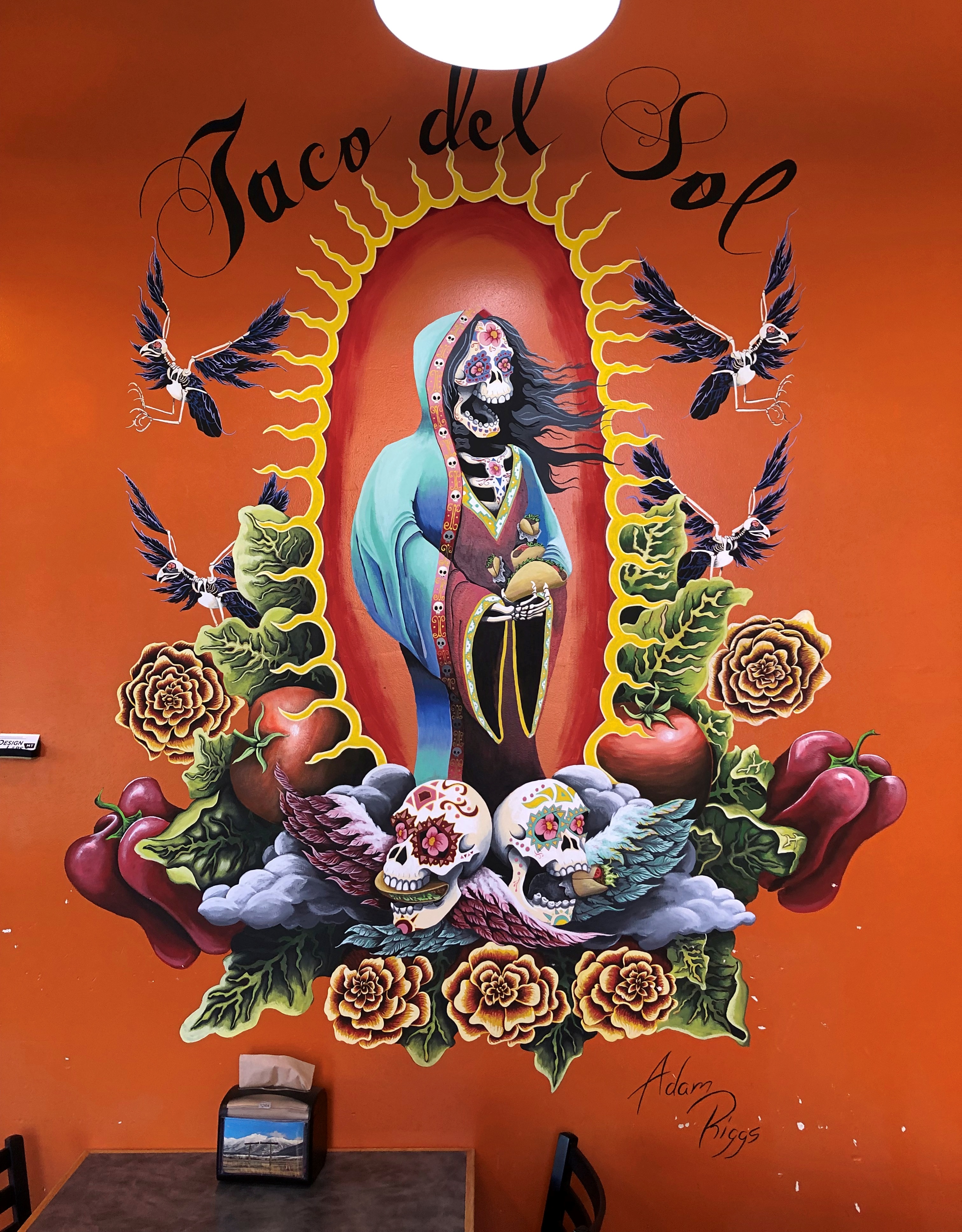

If you want tasty nachos in Helena, Montana, Taco del Sol is your place.

